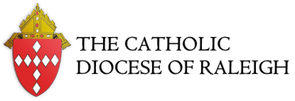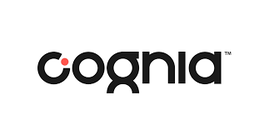Sixth grader Jac Dupree has made a Tinkercad model that is similar to Aztec pyramids with two temples on top. The computer-aided design model and the 3D print of the pyramid are shown here.
|
Fifth grade art students have created virtual 3D models of hot-air balloons with Sketch Up for Schools computer-aided design (CAD) software on Chromebooks. Students drew flat shapes on a vertical rectangular plane to make a half-profile of a balloon. To create the 3D form of the balloon and basket, they spun the half-profile with the "follow me" tool around the path of a circle which was drawn on the ground (perpendicular to the half-profile). Students made copies of their balloons and colored them. The groups of balloons were positioned as though they were floating in the sky. Steps in the construction of the balloons are shown below in a CAD design by Nicolas Ford, whose final work also appears here. Sixth grader Jac Dupree has made a Tinkercad model that is similar to Aztec pyramids with two temples on top. The computer-aided design model and the 3D print of the pyramid are shown here.
0 Comments
Second grade art students have painted with watercolor around paper bird designs they made by drawing and assembling parts of the birds. Watercolored shapes and linear crayon patterns in the sky echo the shapes of the birds and help to unify the compositions. Fifth grade art students have recently been creating virtual models of hot-air balloons with Sketch Up for Schools computer-aided design (CAD) software on Chromebooks. Students used shapes and lines to create a half-profile of a balloon and then spun it with the "follow me" tool to create the 3D form. Students arranged copies of their balloons so that a group appears to be flying. Students colored their balloons and the background space in individually expressive ways. The first steps in the construction of the balloons are shown below in a CAD design by Joey Burgess, whose final work also appears here. The 3D print shown below is a model of the Yedikule Fortress, a 15th century Ottoman Empire structure in Istanbul, Turkey. The model was designed for a 6th grade social studies project by Liam Parker with Tinkercad computer-aided design software. Mr. Bell provided technical instruction. Seventh grade Art Tech students are currently working on a project related to the San Damiano Cross. This original iconic crucifix painting was created by an unknown artist, possibly a Syrian monk, in Umbria, Italy in the early 1100's. Saint Francis of Assisi (1181-1226) is said to have been praying before the large wooden cross where it was hanging in an abandoned chapel which had fallen into ruin near Assisi, Italy. While praying, he heard the voice of God commanding him to "rebuild my church". (Sources: https://franciscanmissionservice.org/2012/10/san-damiano-cross-telling-the-history-of-christs-passion/ and https://www.monasteryicons.com/product/Story-of-the-San-Damiano-Crucifix/did-you-know)
The students' drawings of Jesus on the unique shape of the San Damiano cross are the early stages of a long-term art project. After drawing people, things, and places that they are thankful for in the space of the cross surrounding Jesus, students will photograph their work. The photos will be colored and edited with the Sketchbook app on students' iPads, as Jake Zambardino has already done in his artwork. Each student's final image will be their personalized version of the cross. The area outside the cross will be designed and colored to simulate a stained-glass window. Kindergarten art students traced cardboard rectangles to draw the main shapes of the bodies of their giraffes. By arranging the rectangles to create the general shape of the animals, students learned that simple shapes can be used to make more complex forms. Tempera paint was applied with cotton swabs and fingers. Front row, left to right: Mr. John Bell, Garrett Stokes, Austin Ju, Raffy Balanay, Emma Brown Blick, Anna Phillips, Victoria Castillo, Brooke Owens, Claire McDonald Back row, left to right: Ewan Kim, Daniel Merino, Thomas Stroud, Adam Ford, Stelling Harris, Jedrek Gribble, Kat Bowling, Fr. Jim Magee Not pictured: Jules Bowling, Carter Brann, Abby Flowers, Nathan Wright, Cheyoung Yoon Fifteen of our 8th graders are shown wearing their 3D-printed cross pendants in the church before Mass on Wednesday, February 7th. Near the end of their first quarter Art Tech classes, eighth graders designed cross pendants with the Tinkercad computer-aided design app. Completed designs have been 3D printed. Five other students who finished the project were not in attendance on the day of this photo. The students used jewelry materials and hand tools to make their crosses wearable.
As part of their research on U.S. presidents for a paper in Mr. Thomas's Social Studies class, 7th grade Art Tech students have been creating 3D virtual models of structures such as buildings, monuments, and vehicles with Tinkercad on their iPads. Each student's structure is associated in some way with the U.S. president that he or she is researching for their paper. Screenshots of students' CAD models, like those shown here, are being used as illustrations for their research papers. The 3D print of a Mesoamerican pyramid shown below was designed for a 6th grade social studies project by Jac Dupree with Tinkercad computer-aided design software. Mr. Bell provided technical instruction.
Second grade art students have recently been painting with watercolor around their paper bird constructions. Students drew, cut, and assembled relatively simple paper shapes to make the more complex structures of the birds. The watercolor shapes and linear crayon patterns in the sky echo the shapes of the birds and help create compositional unity.
The 3D prints of Mesoamerican pyramids shown here were designed by sixth graders Tate Myers and Cohen Hogan with Tinkercad computer-aided design software for a project in Mr. Melton's social studies class. Mr. Bell provided the students with technical instruction. |
Mr. John Bell, Art TeacherMr. Bell focuses on an interdisciplinary approach to teaching and presented STREAM (Science, Religion, Technology, Engineering, Art, and Mathematics) workshops at the Diocesan Teacher Conference, as well as multiple workshops throughout his years in the Diocese. Archives
July 2024
Categories |

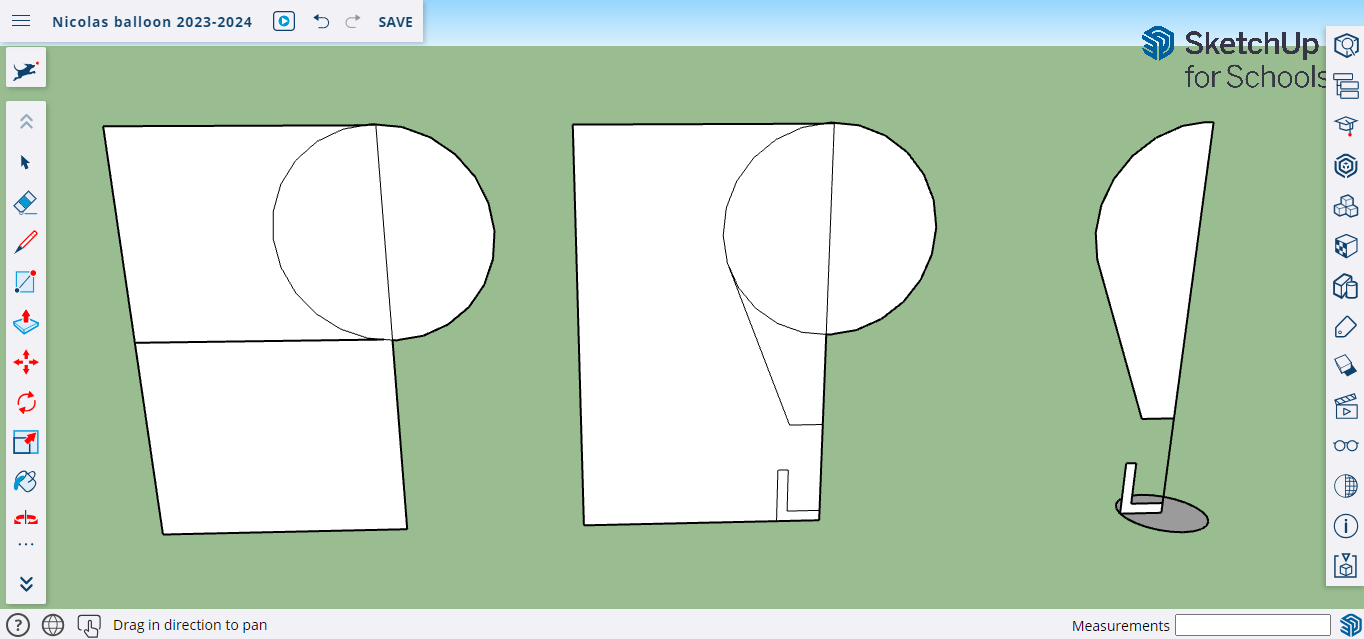
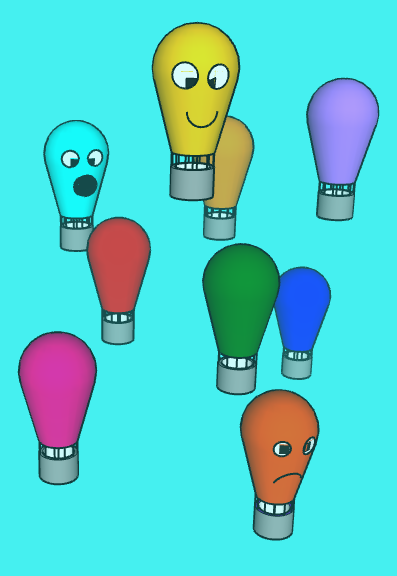
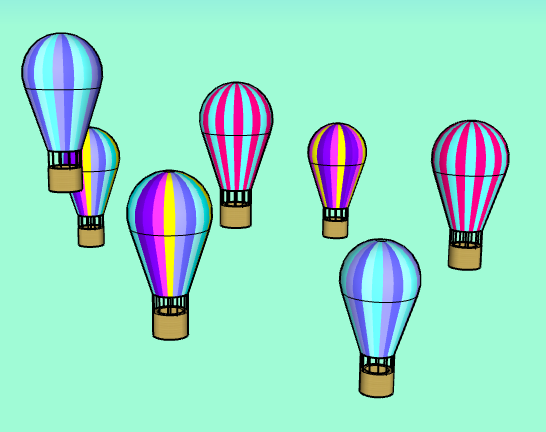
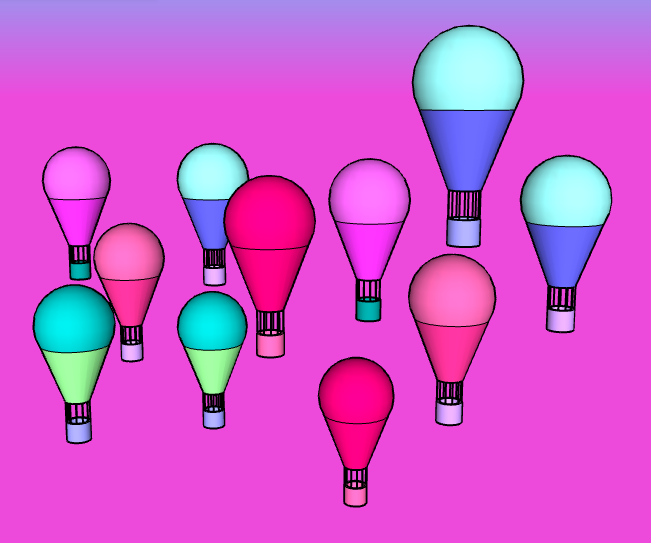
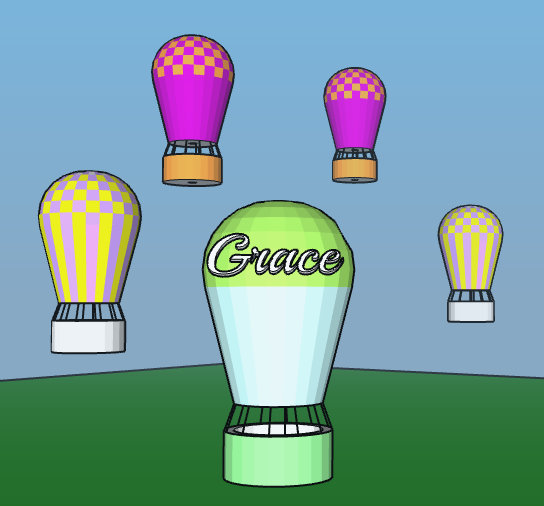
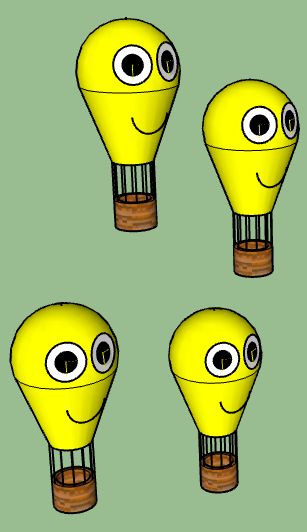
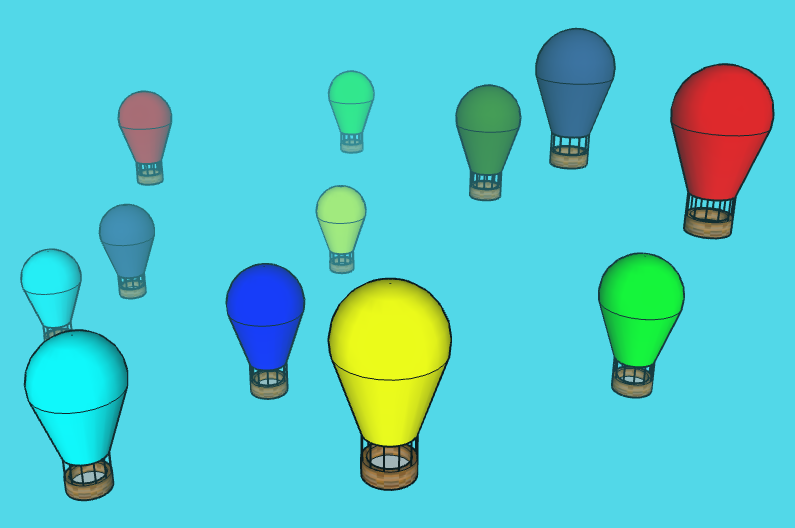
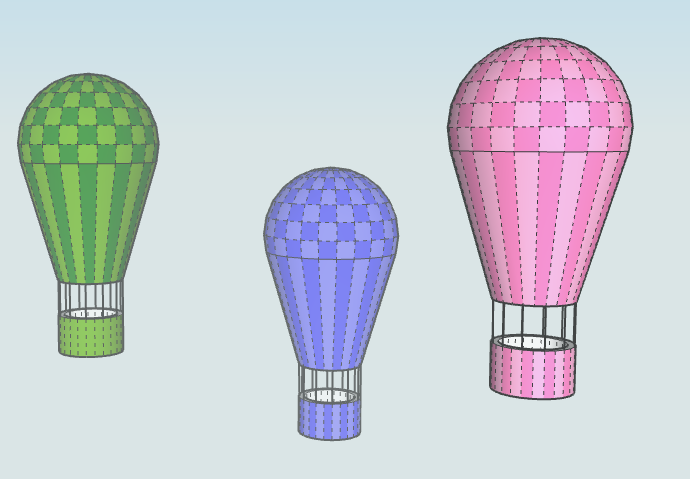
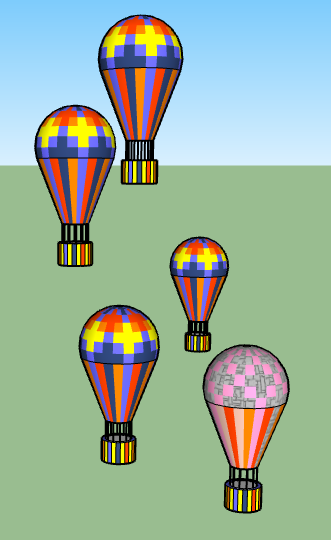
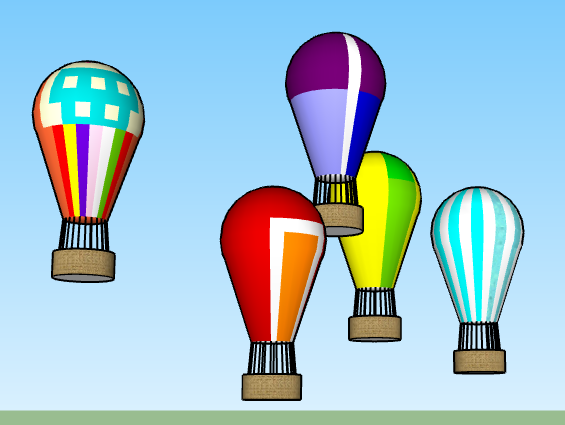
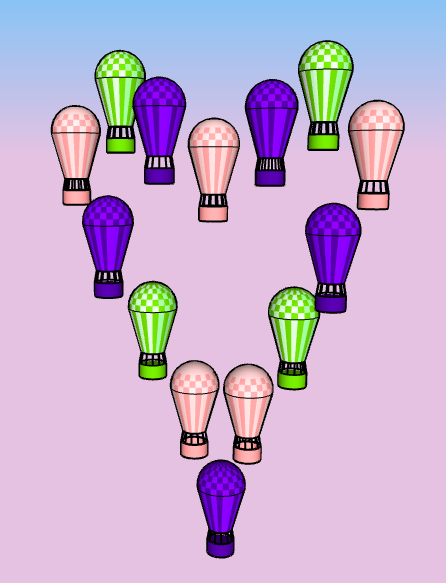
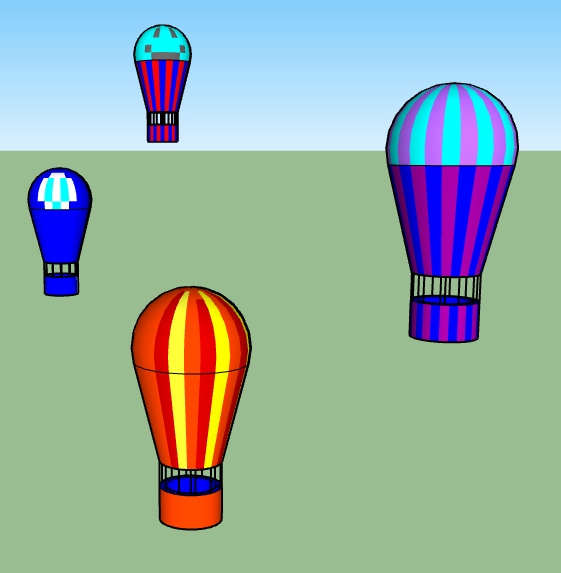
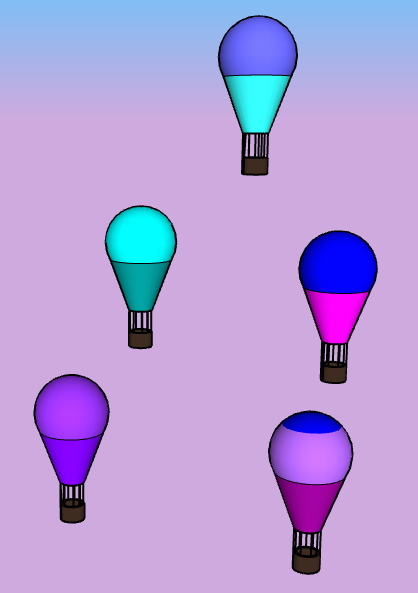
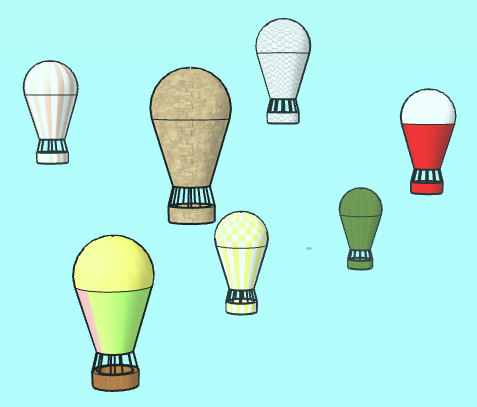
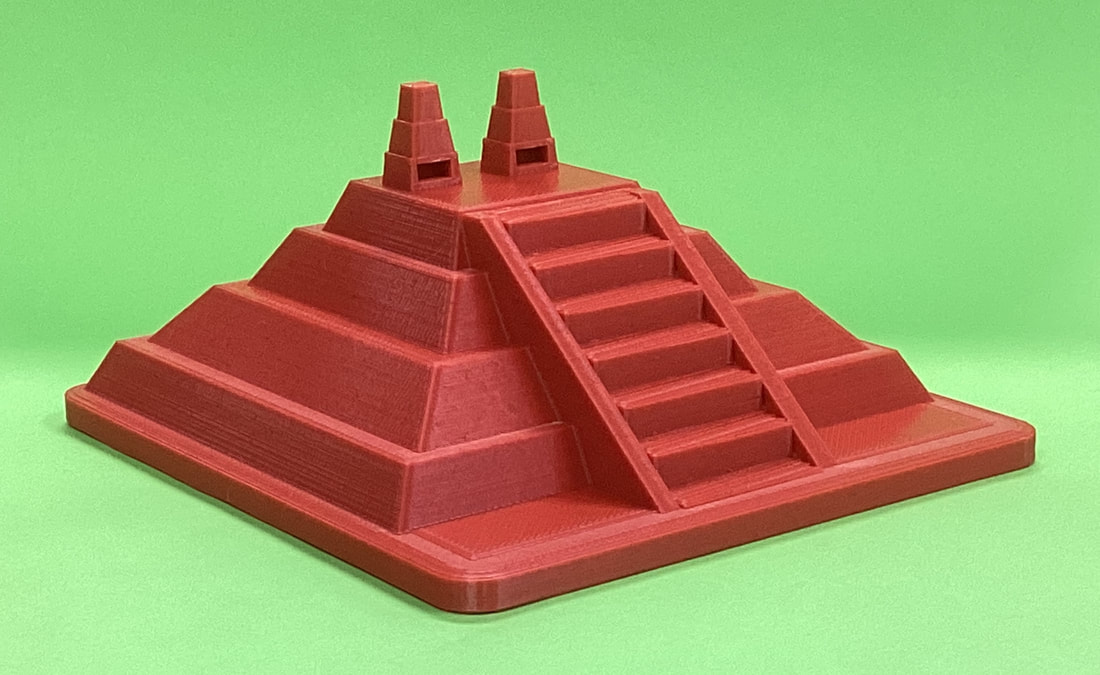
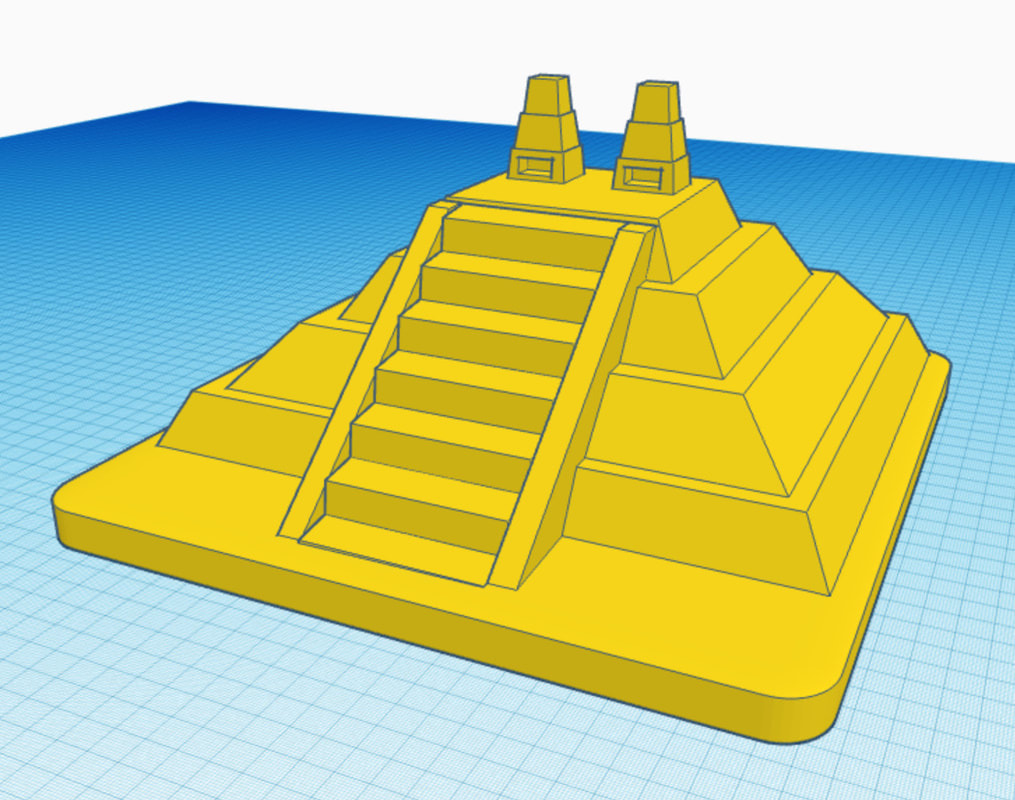
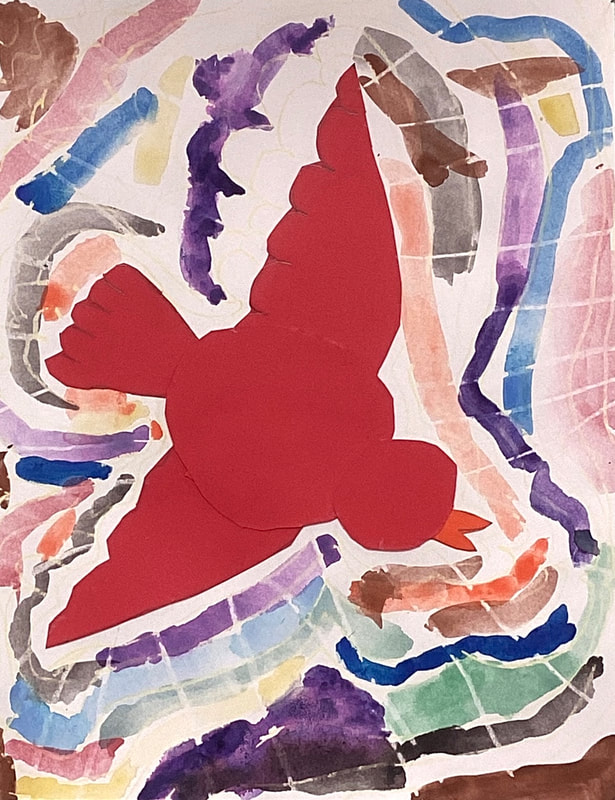
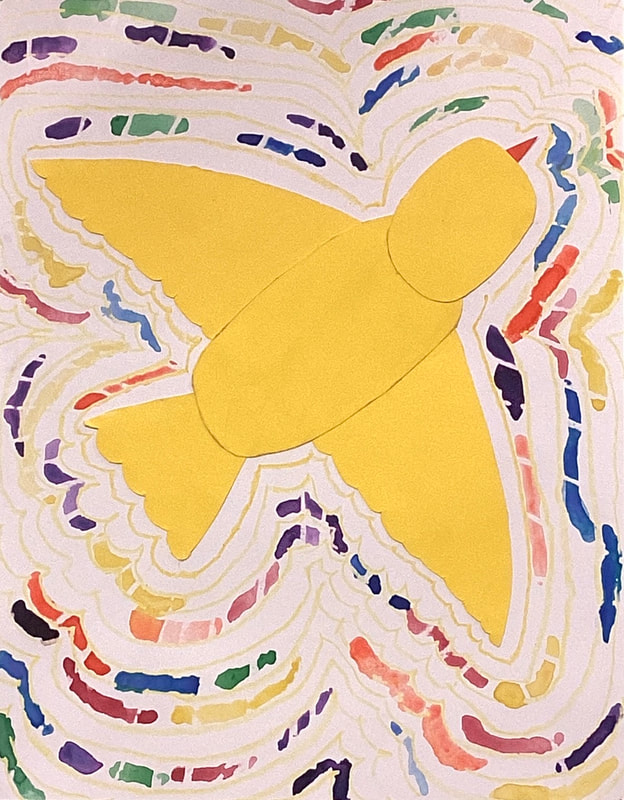
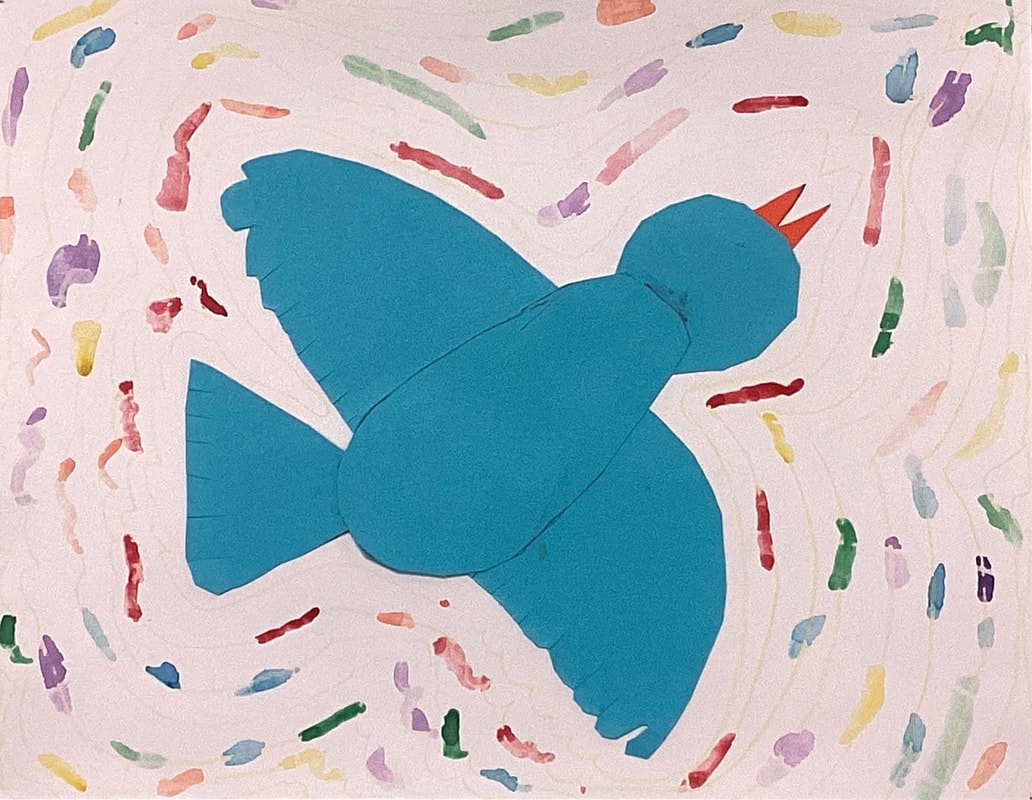
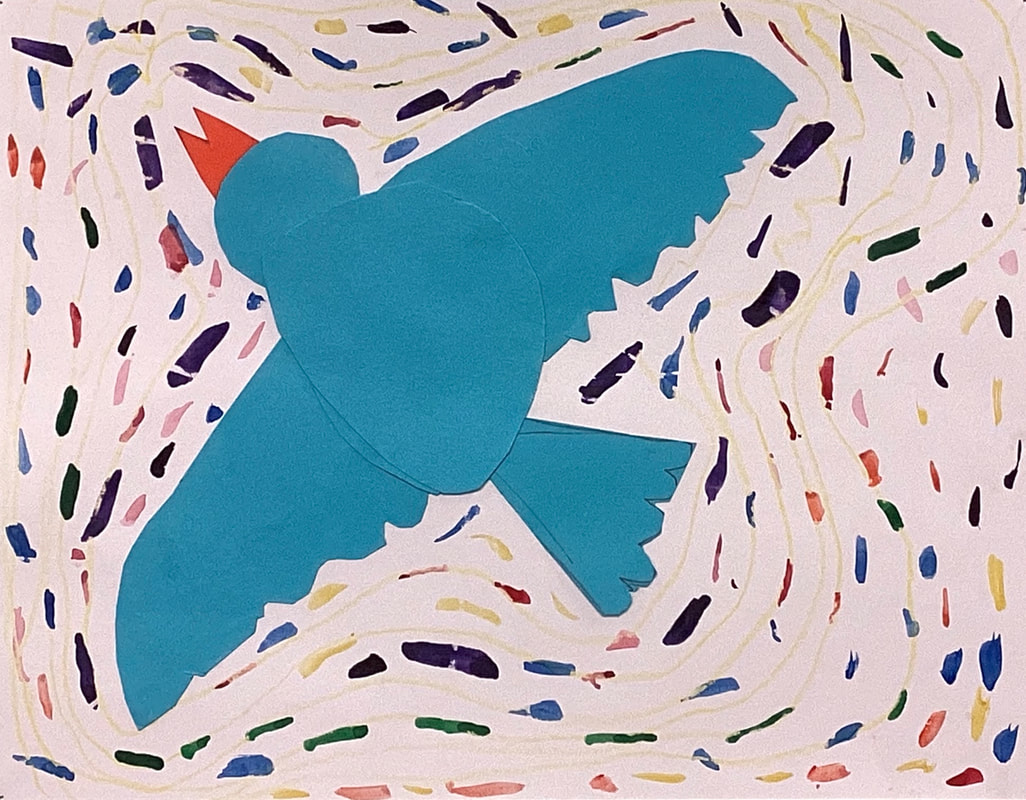
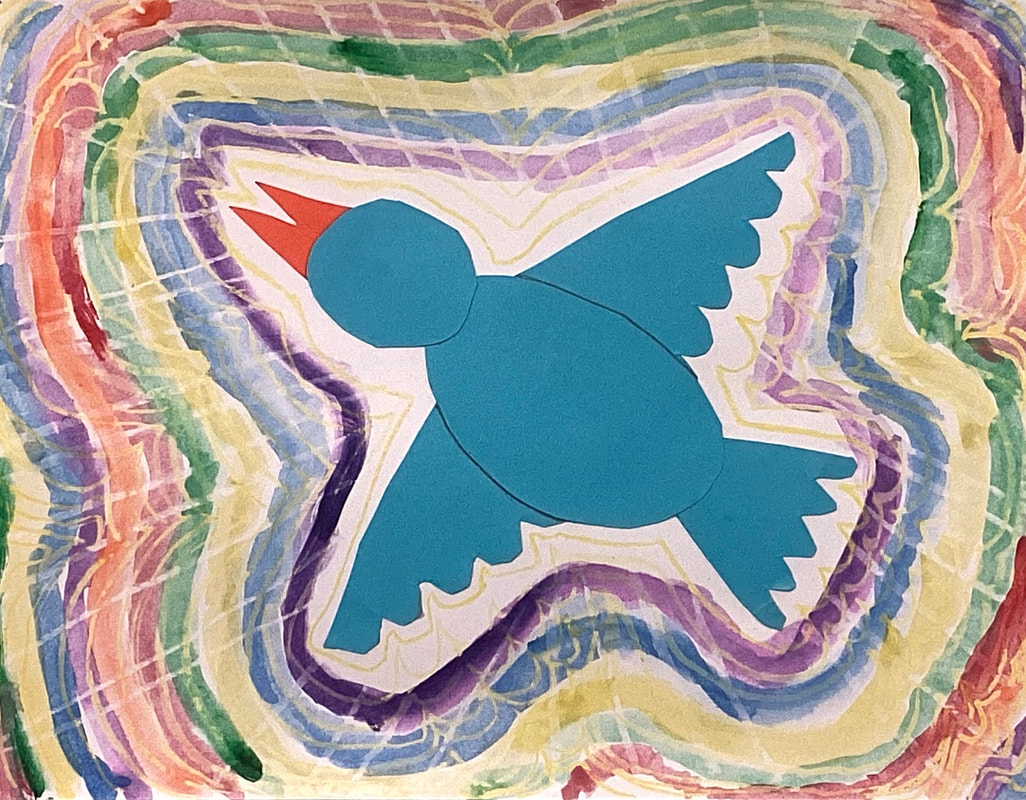
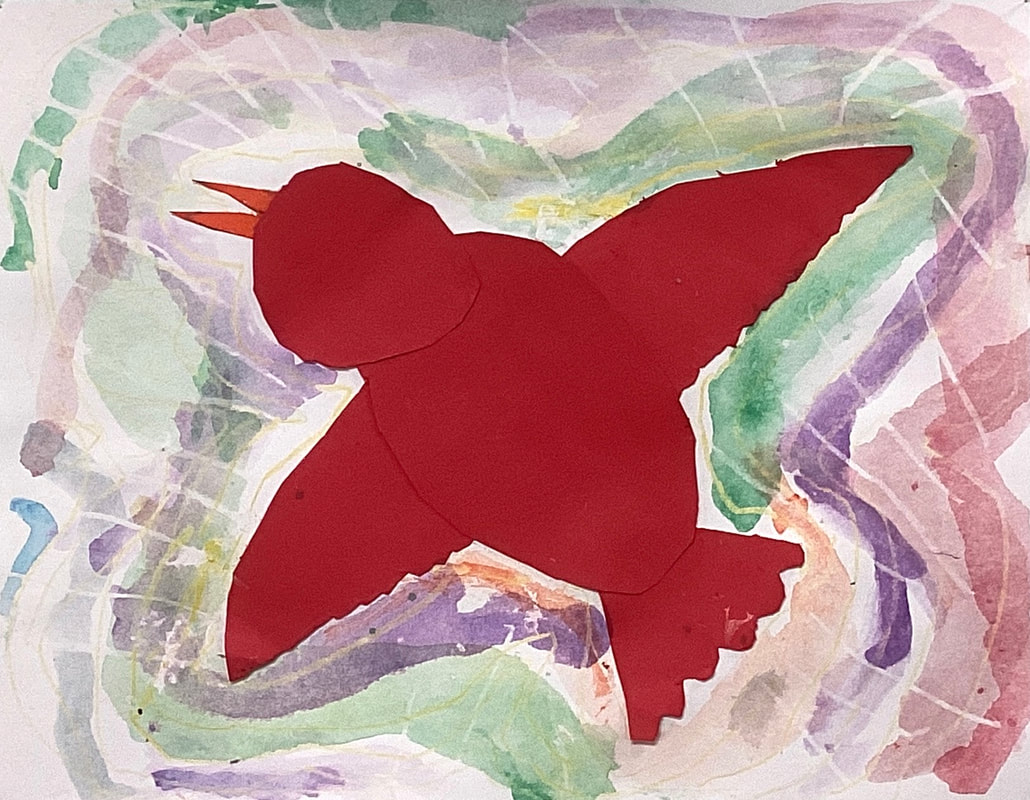
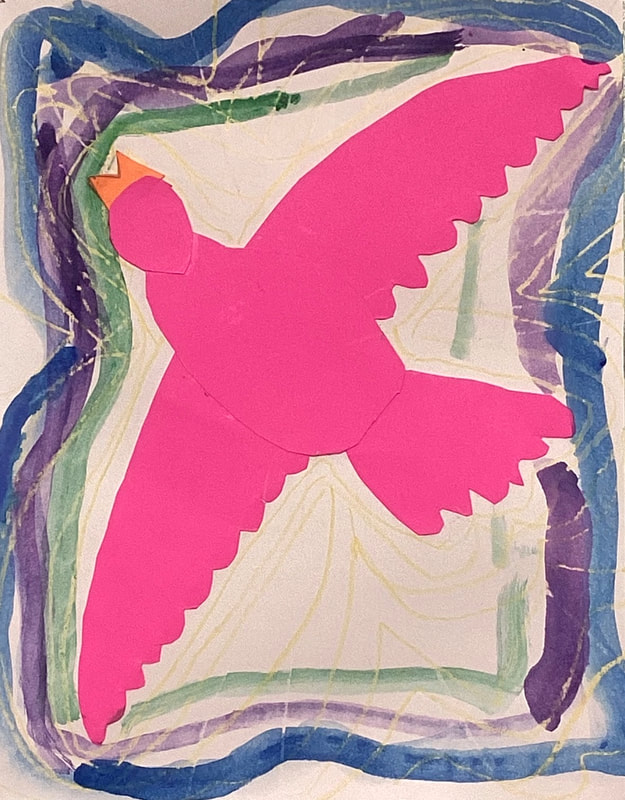
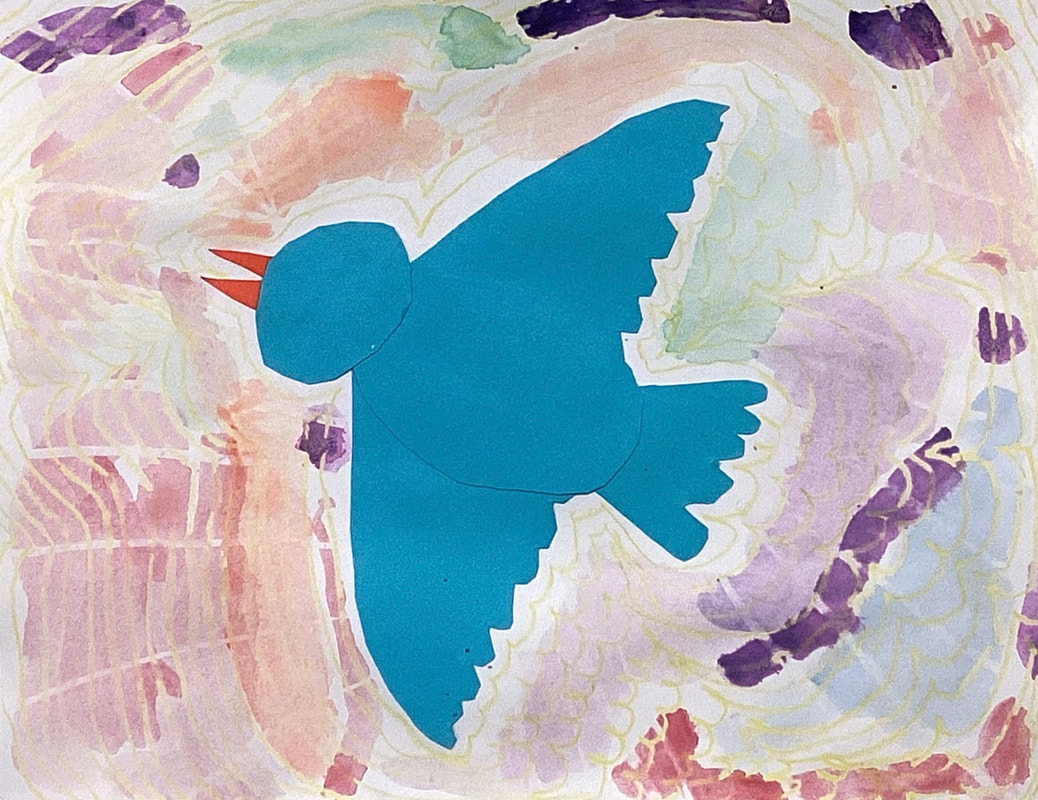
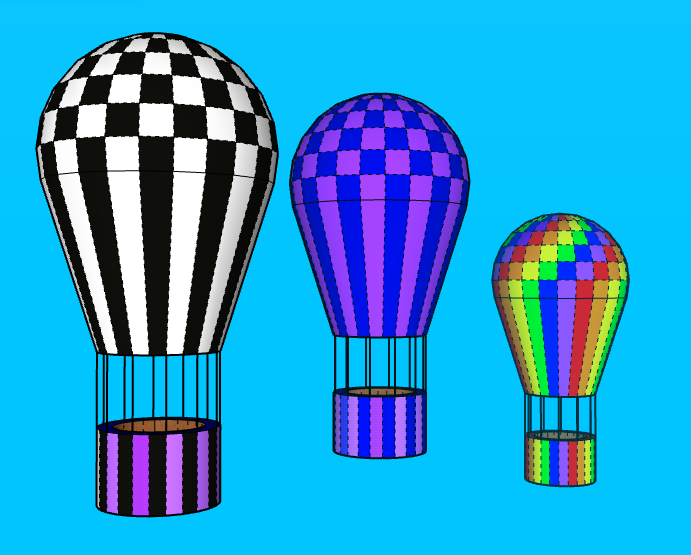
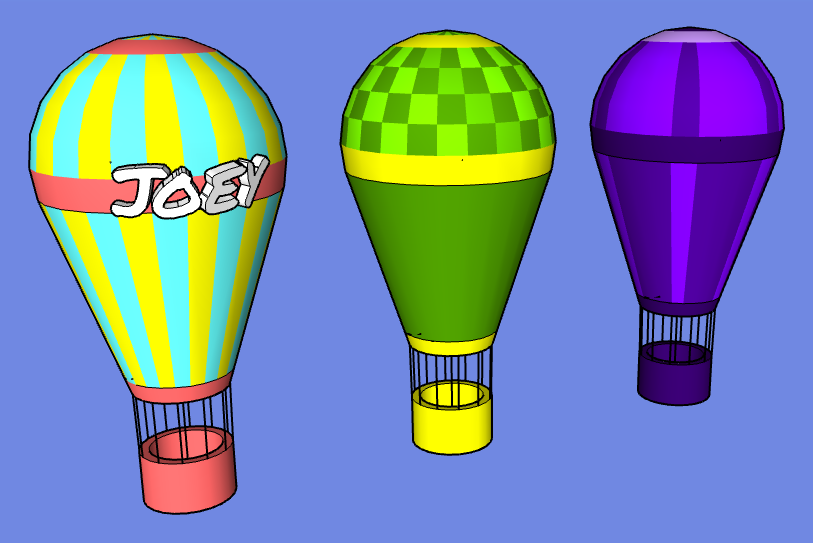
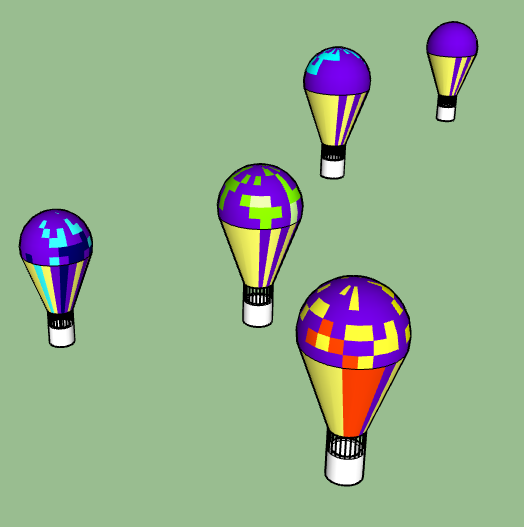
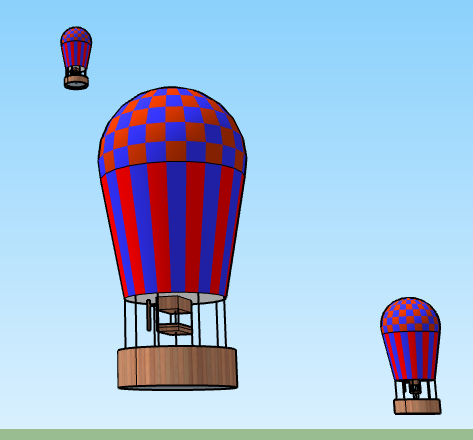
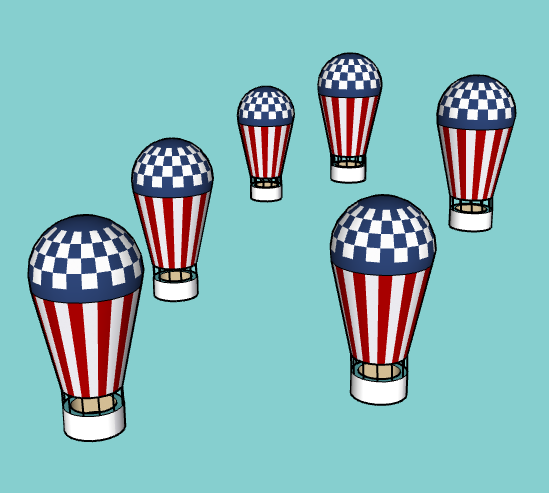
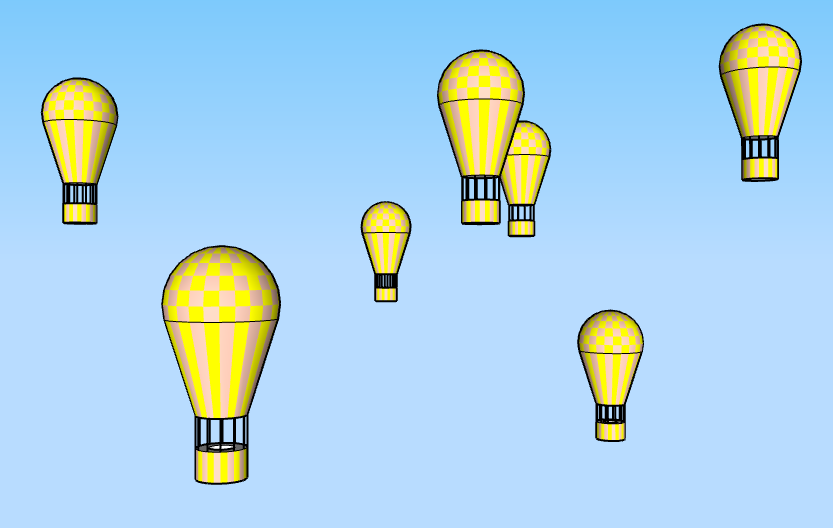
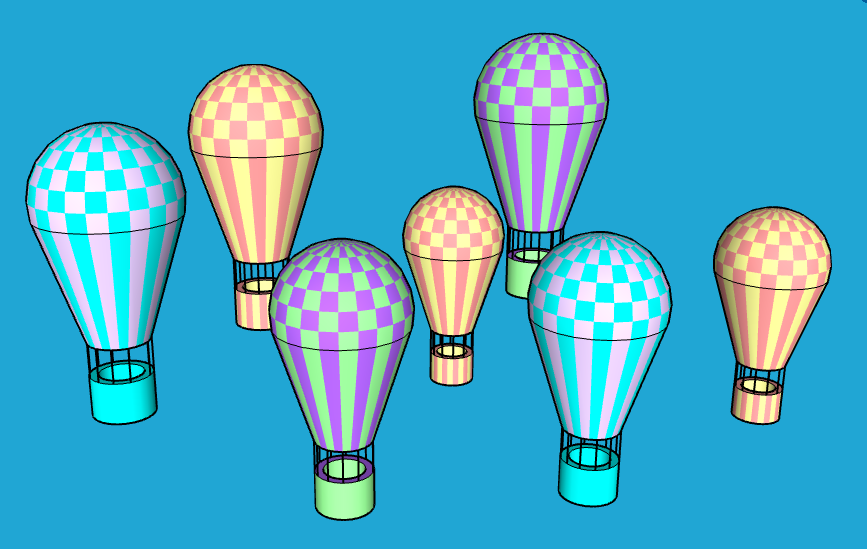
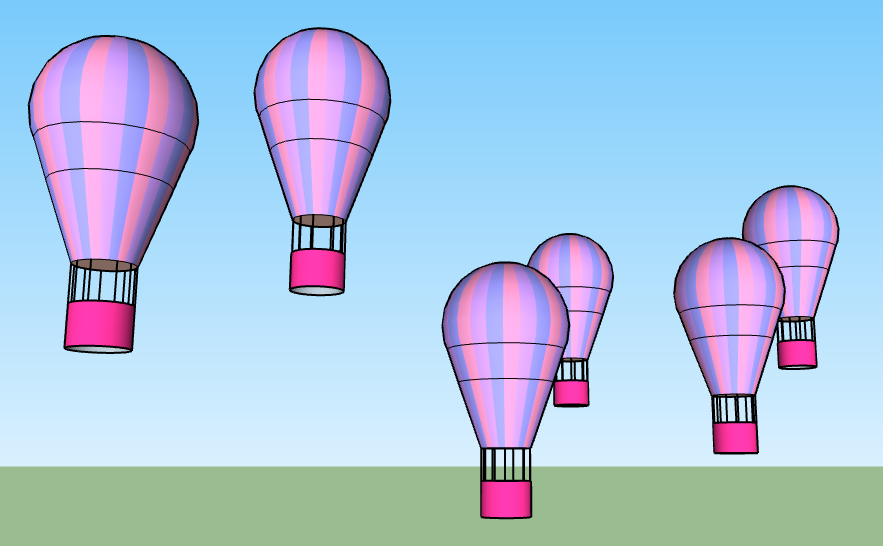
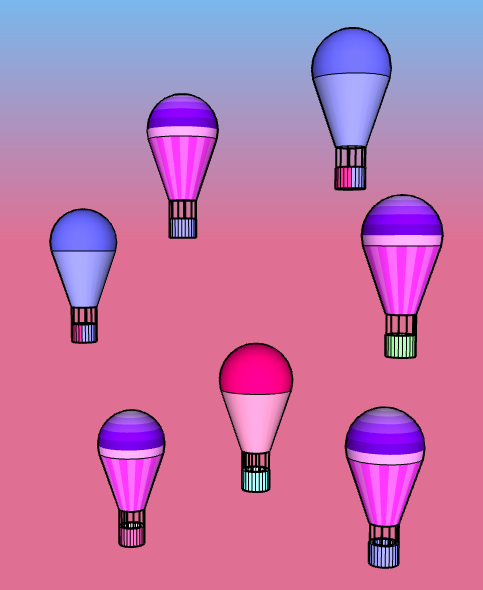
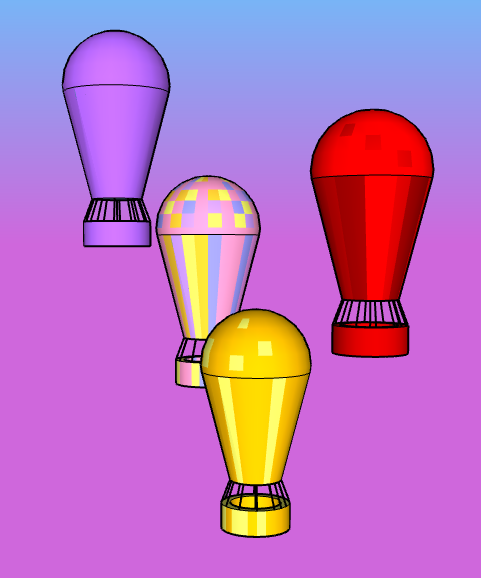
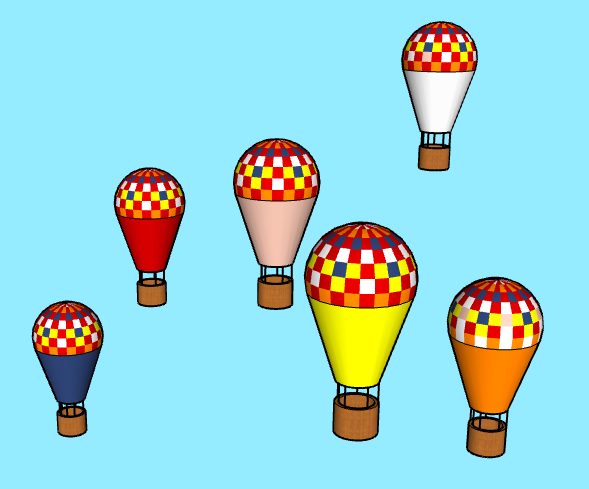
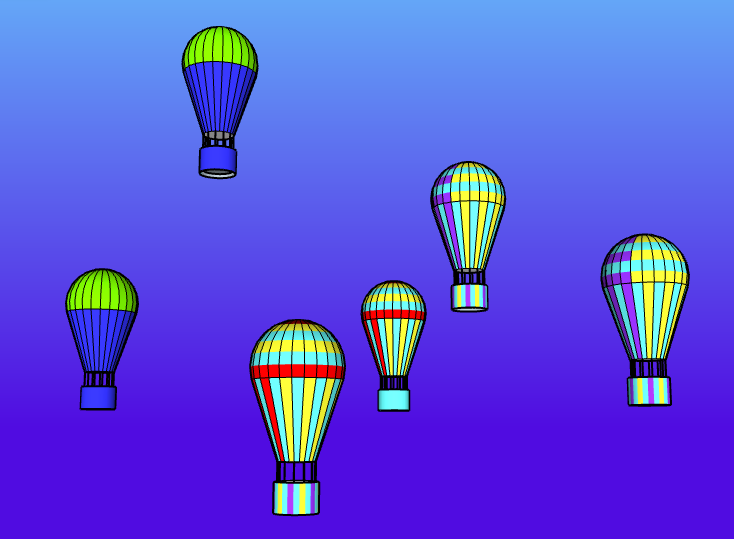
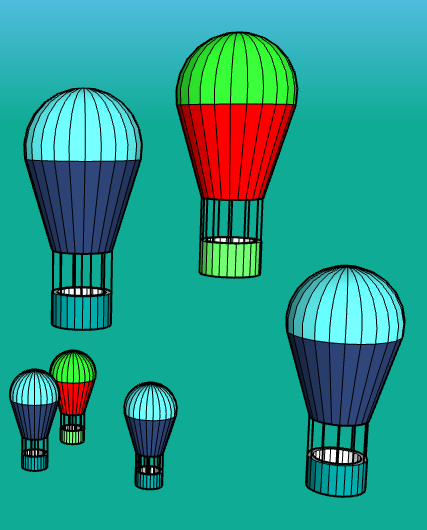
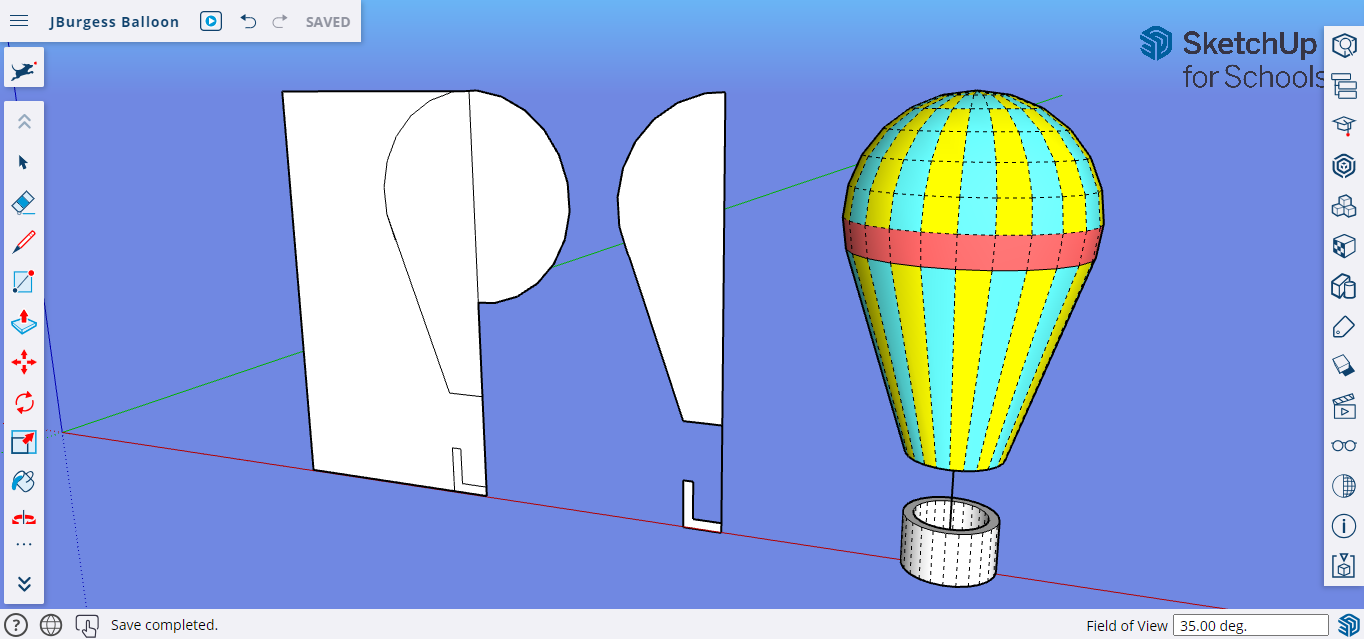
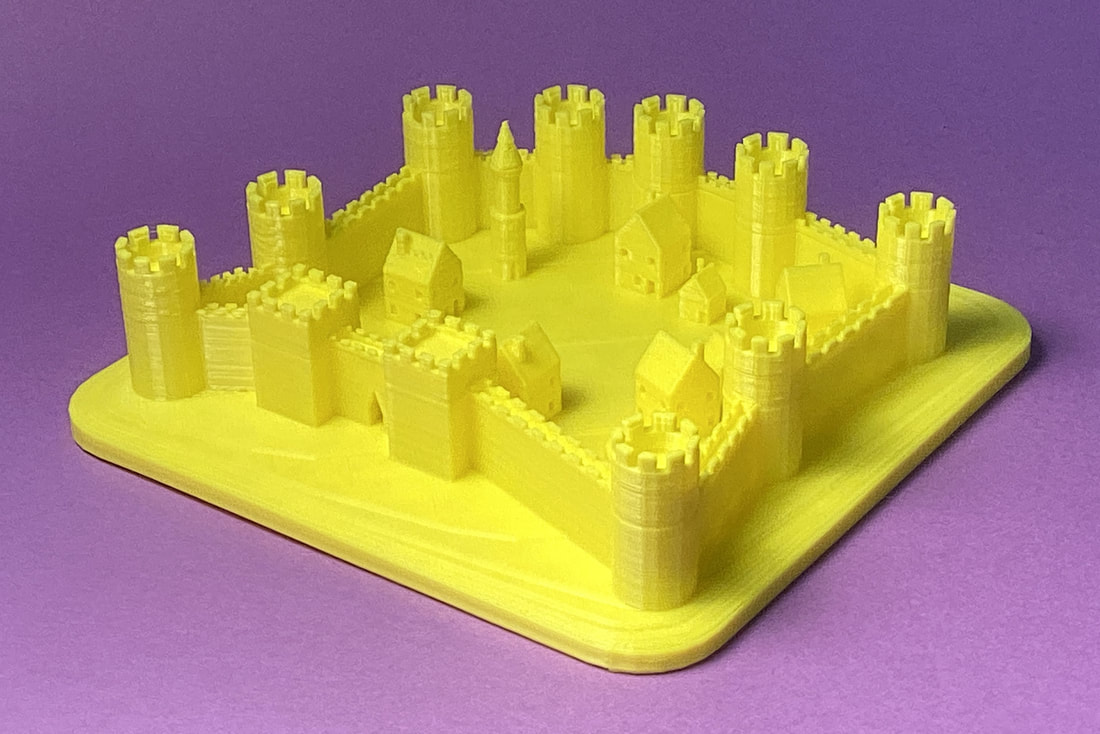
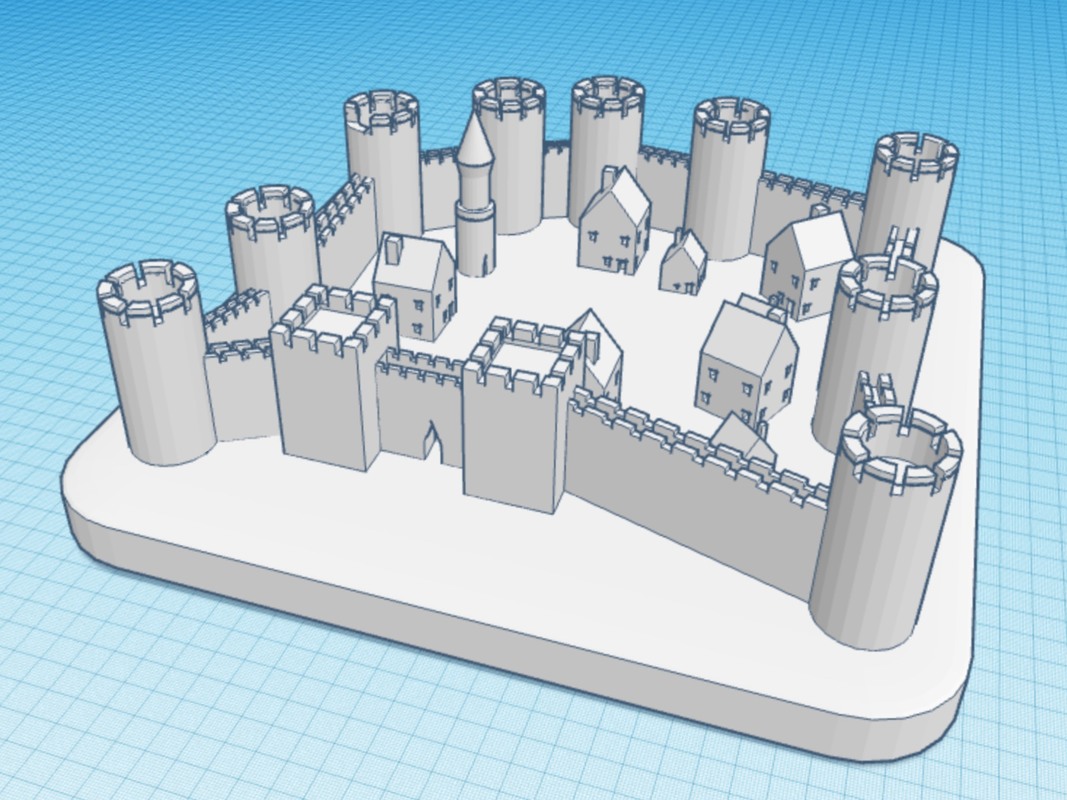
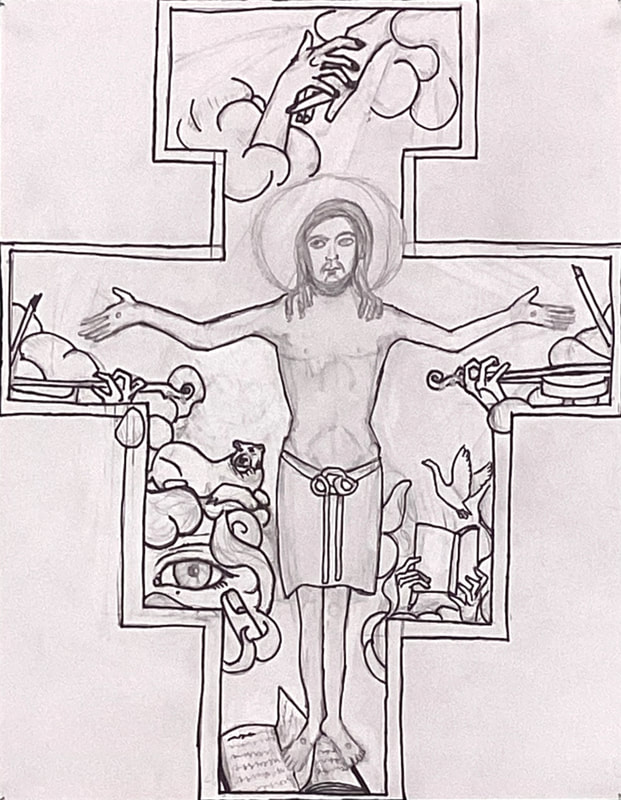
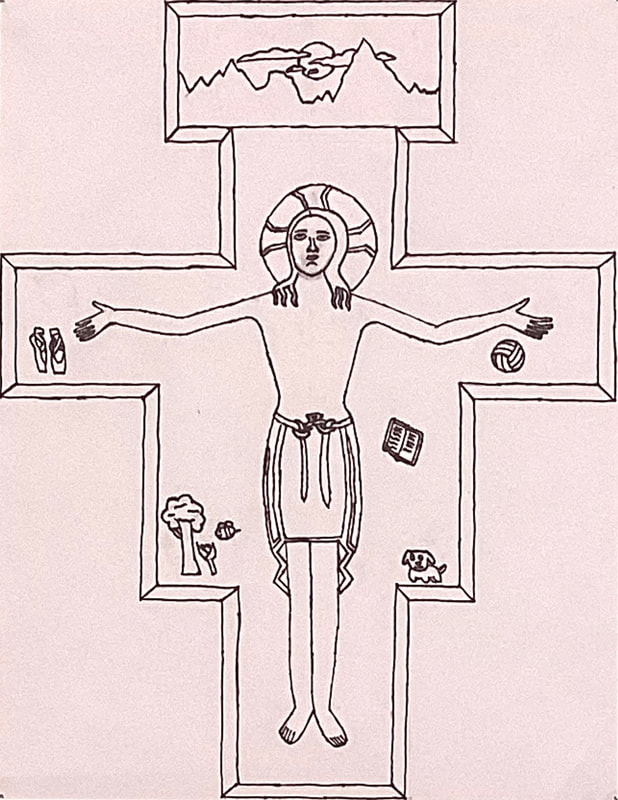
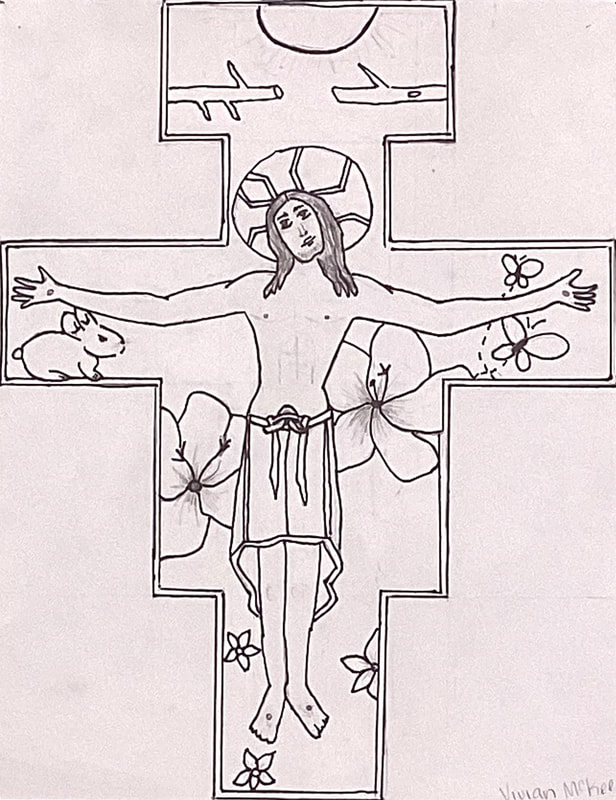
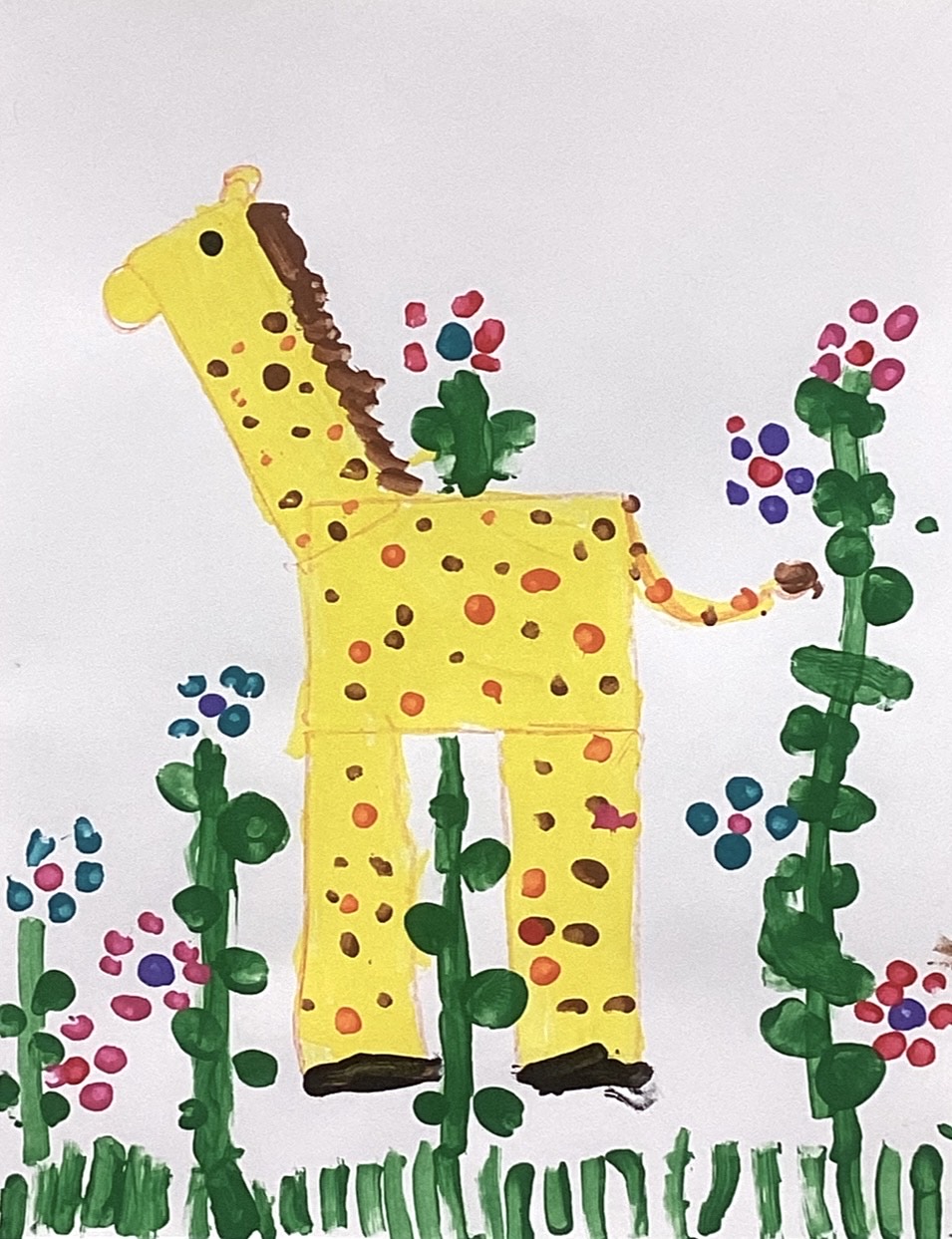
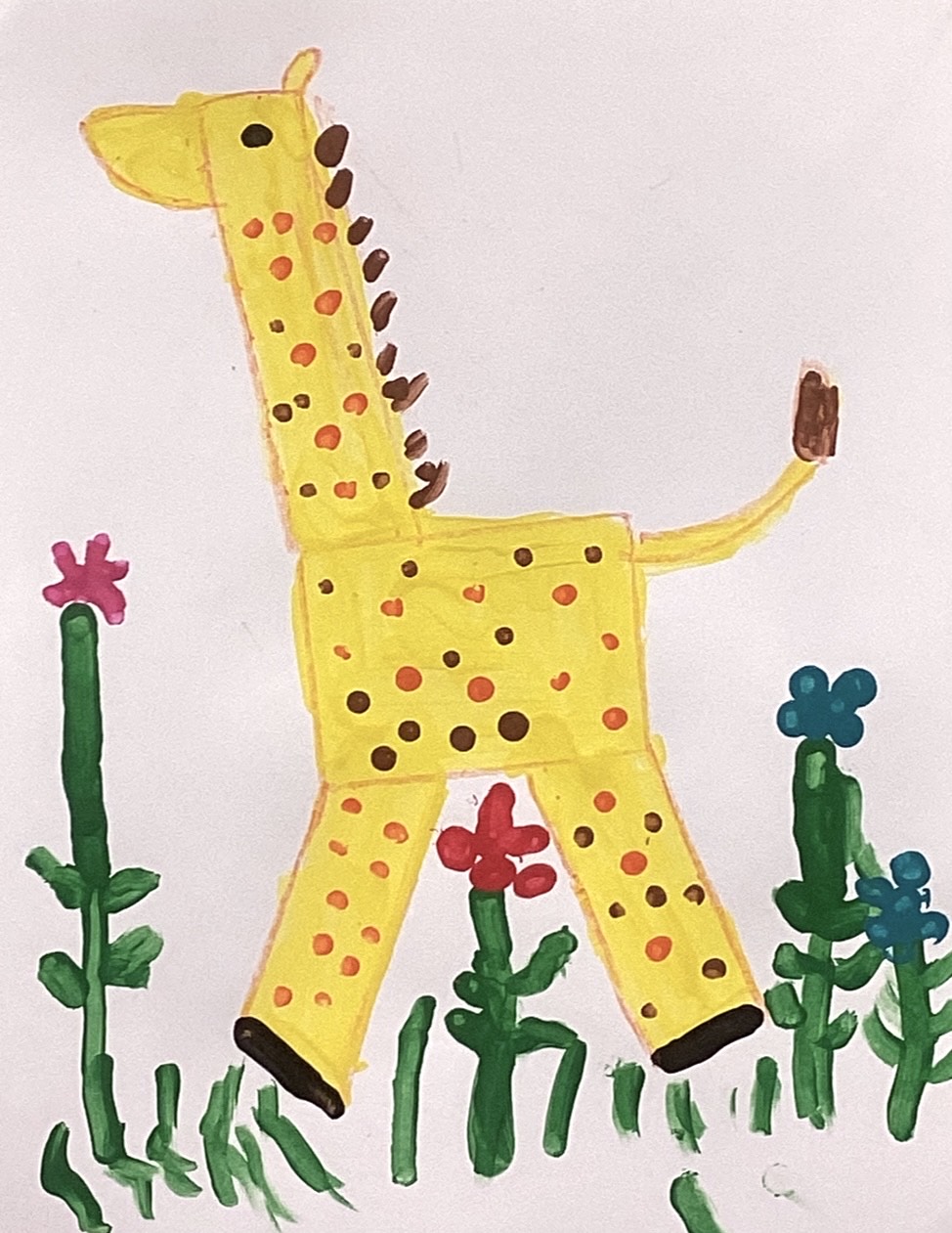
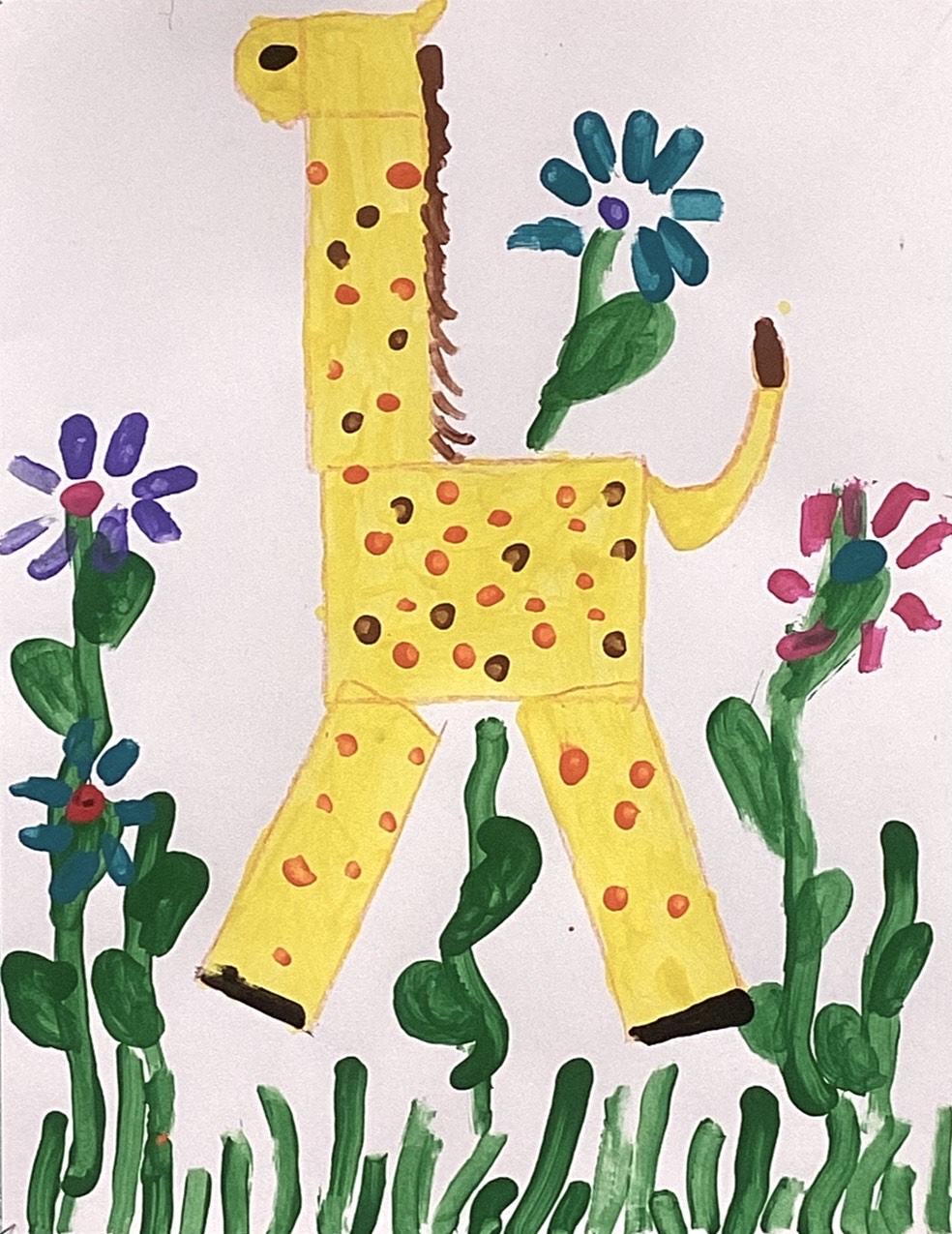
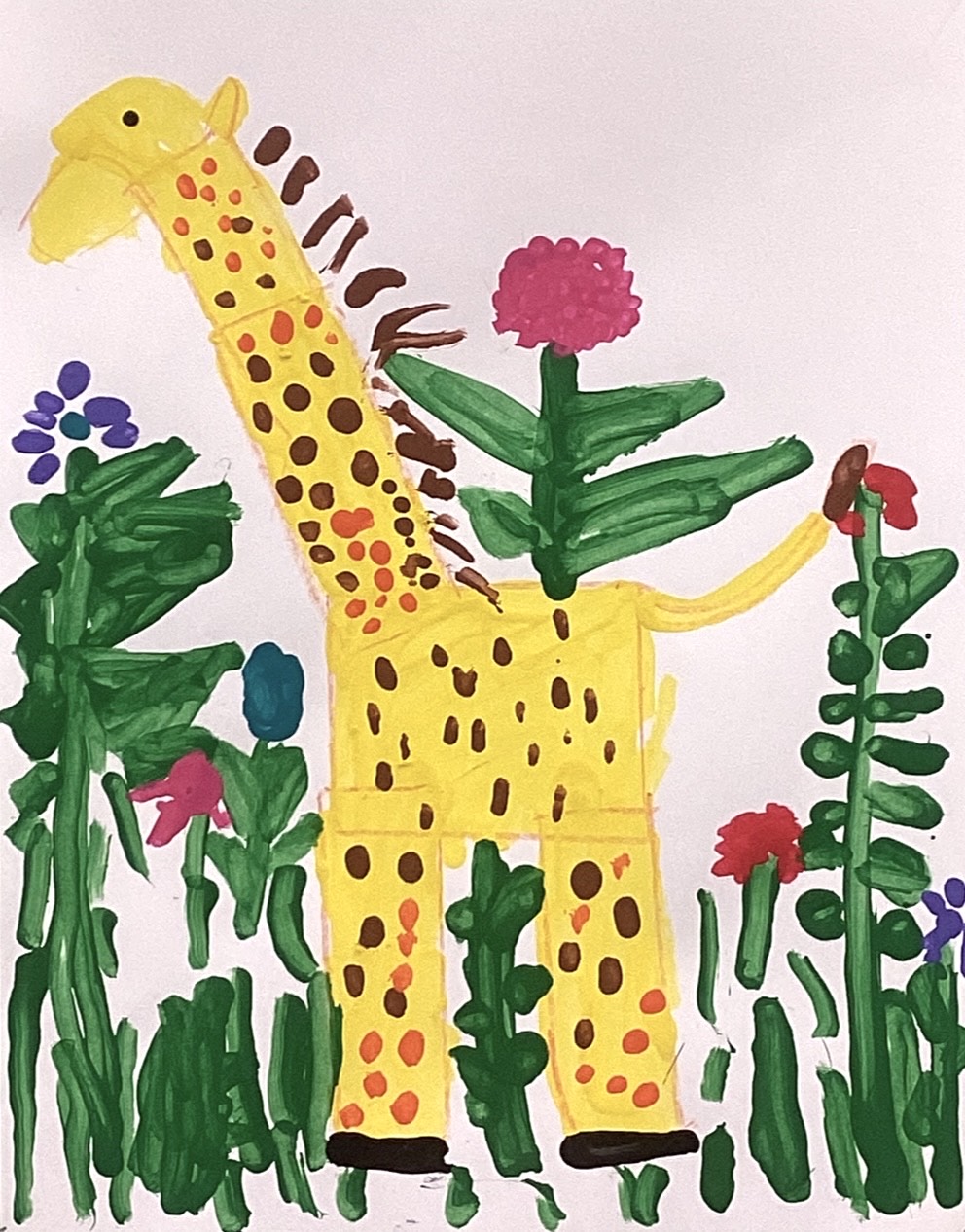
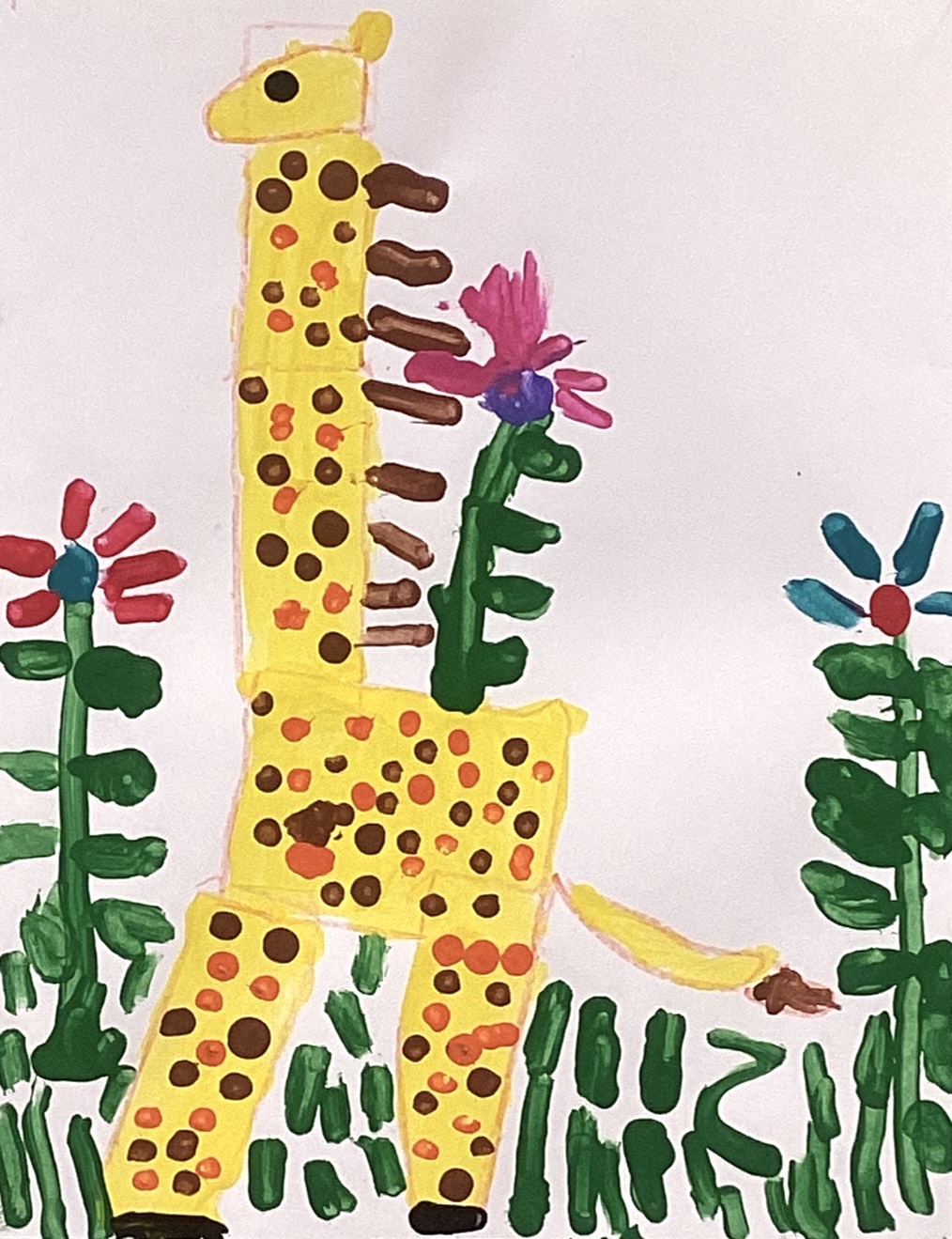
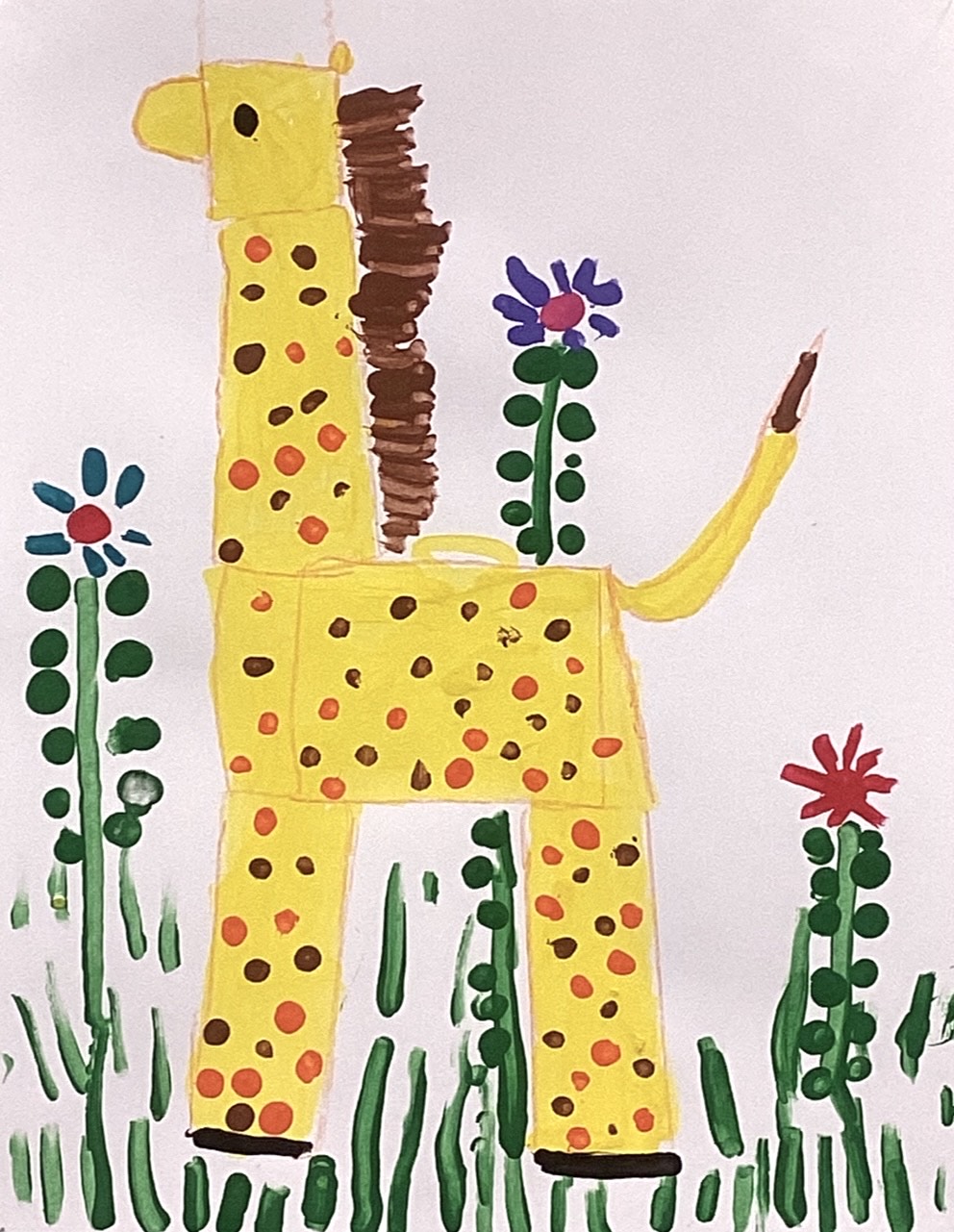
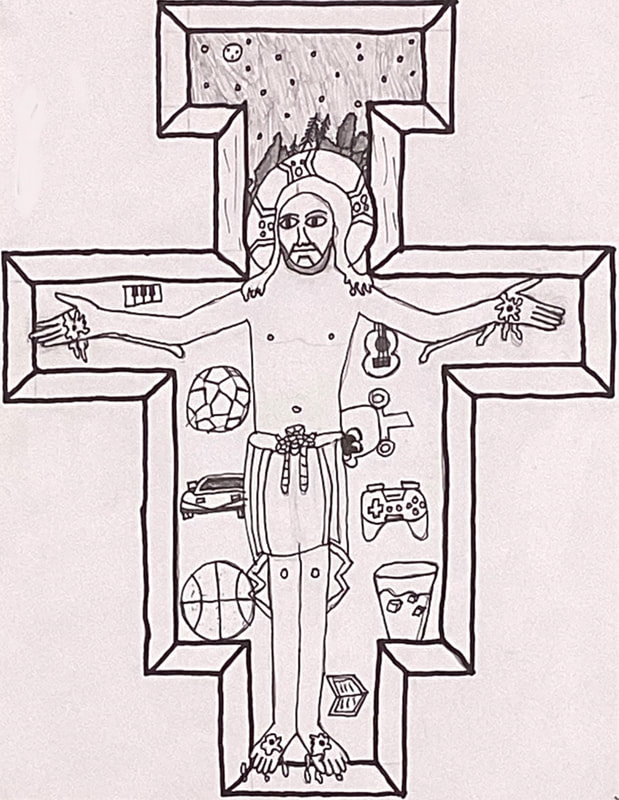
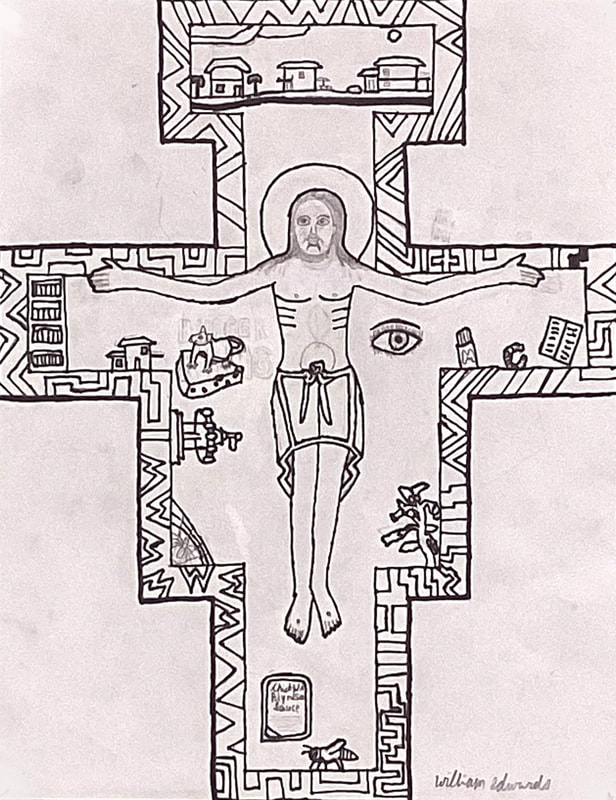
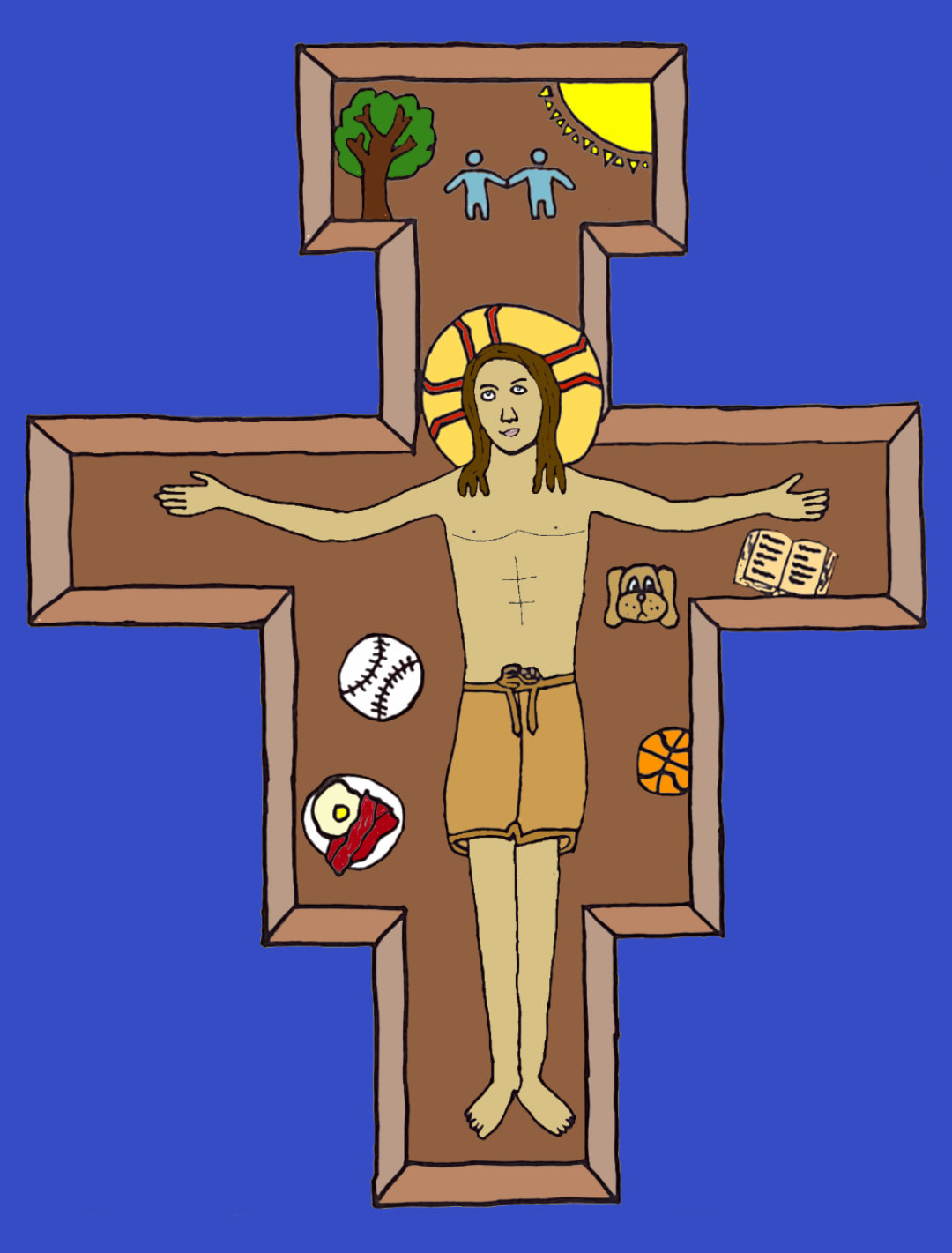
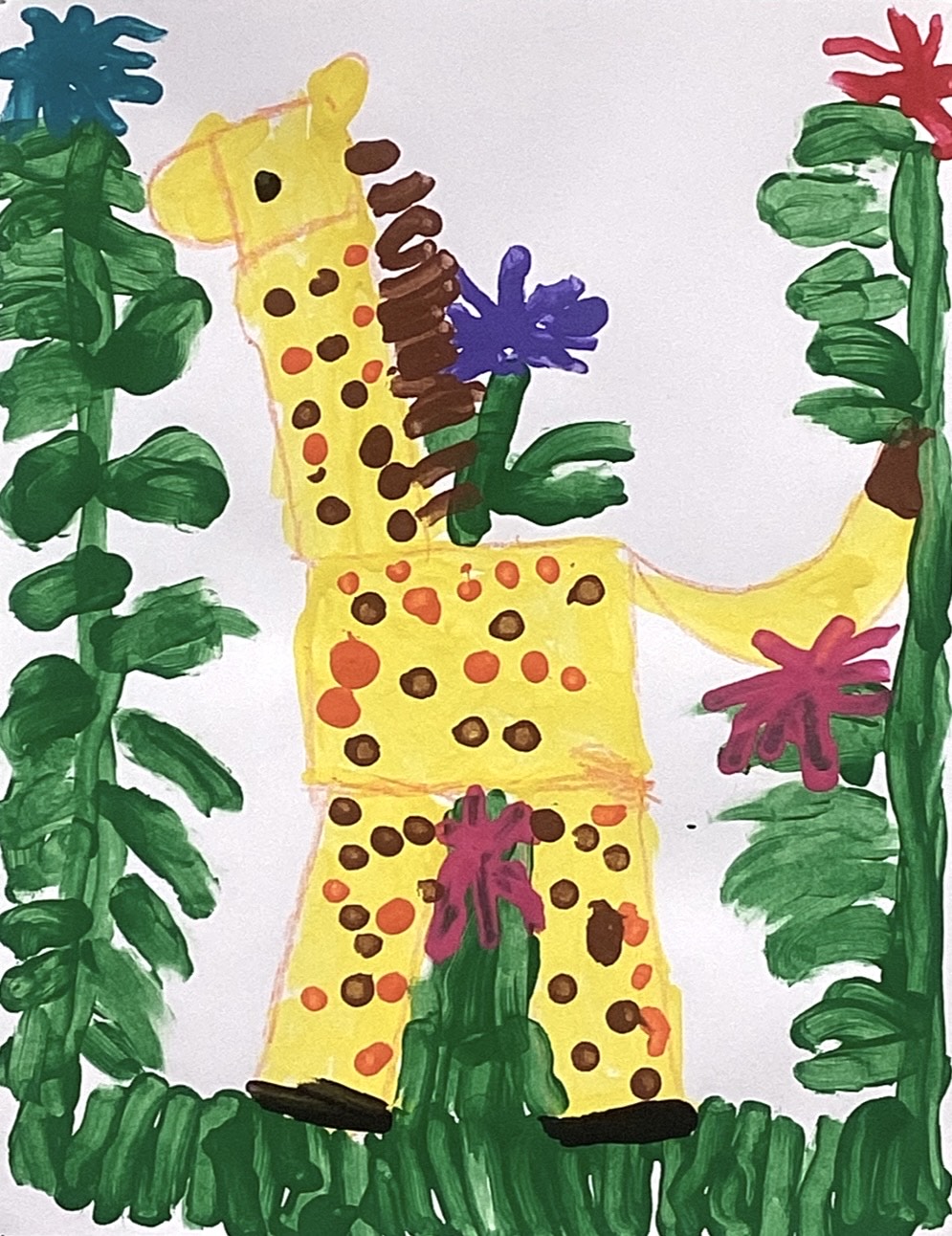
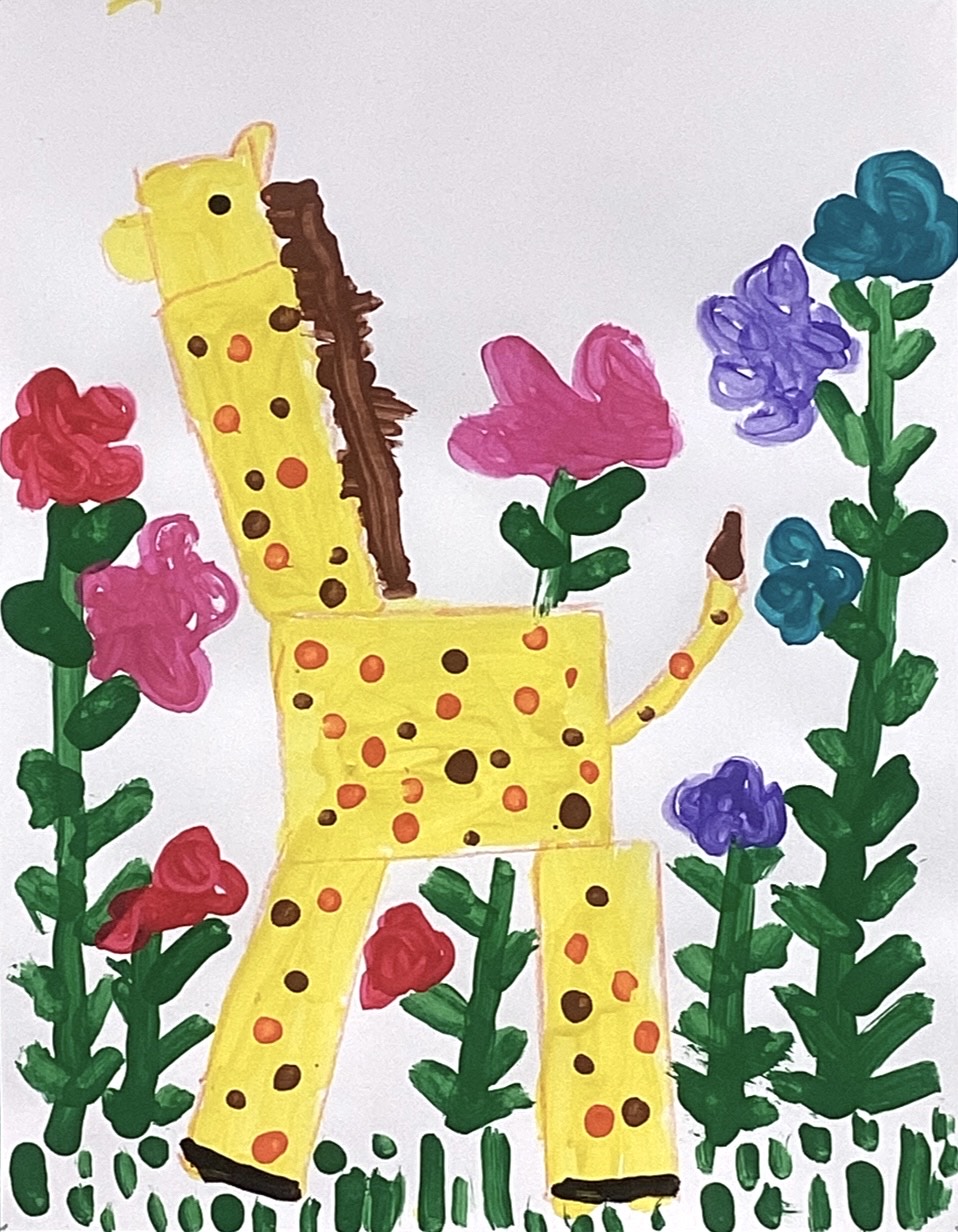
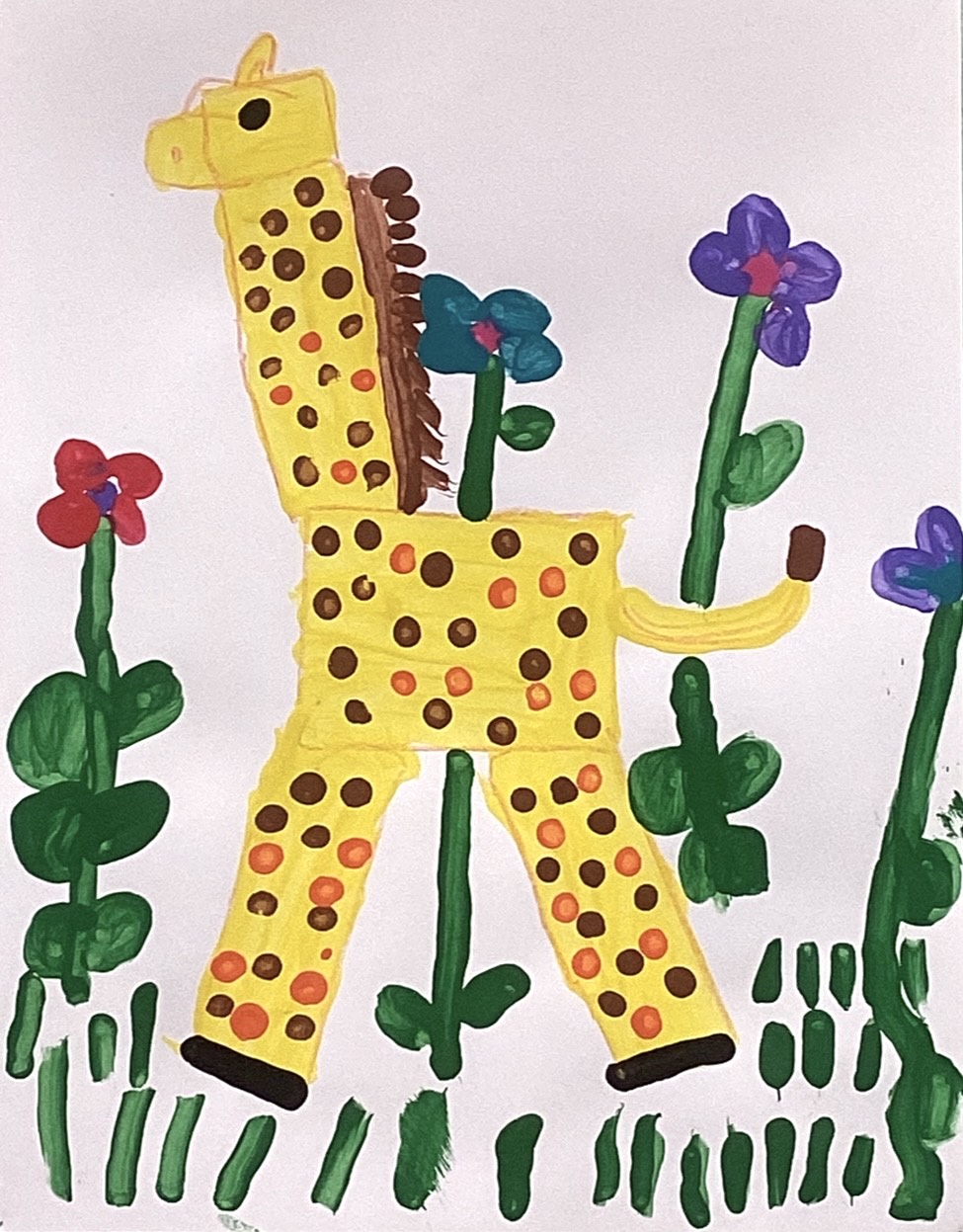
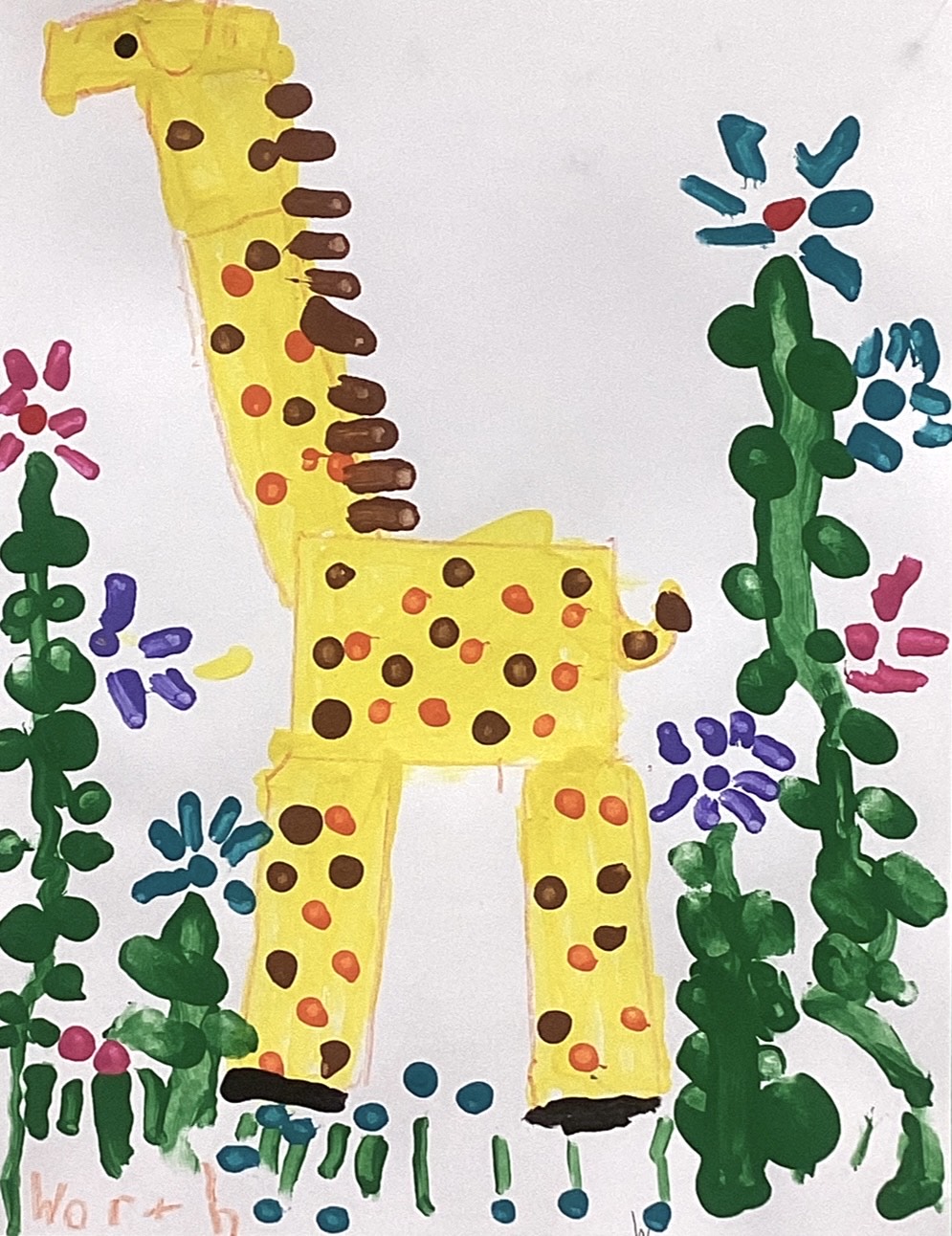
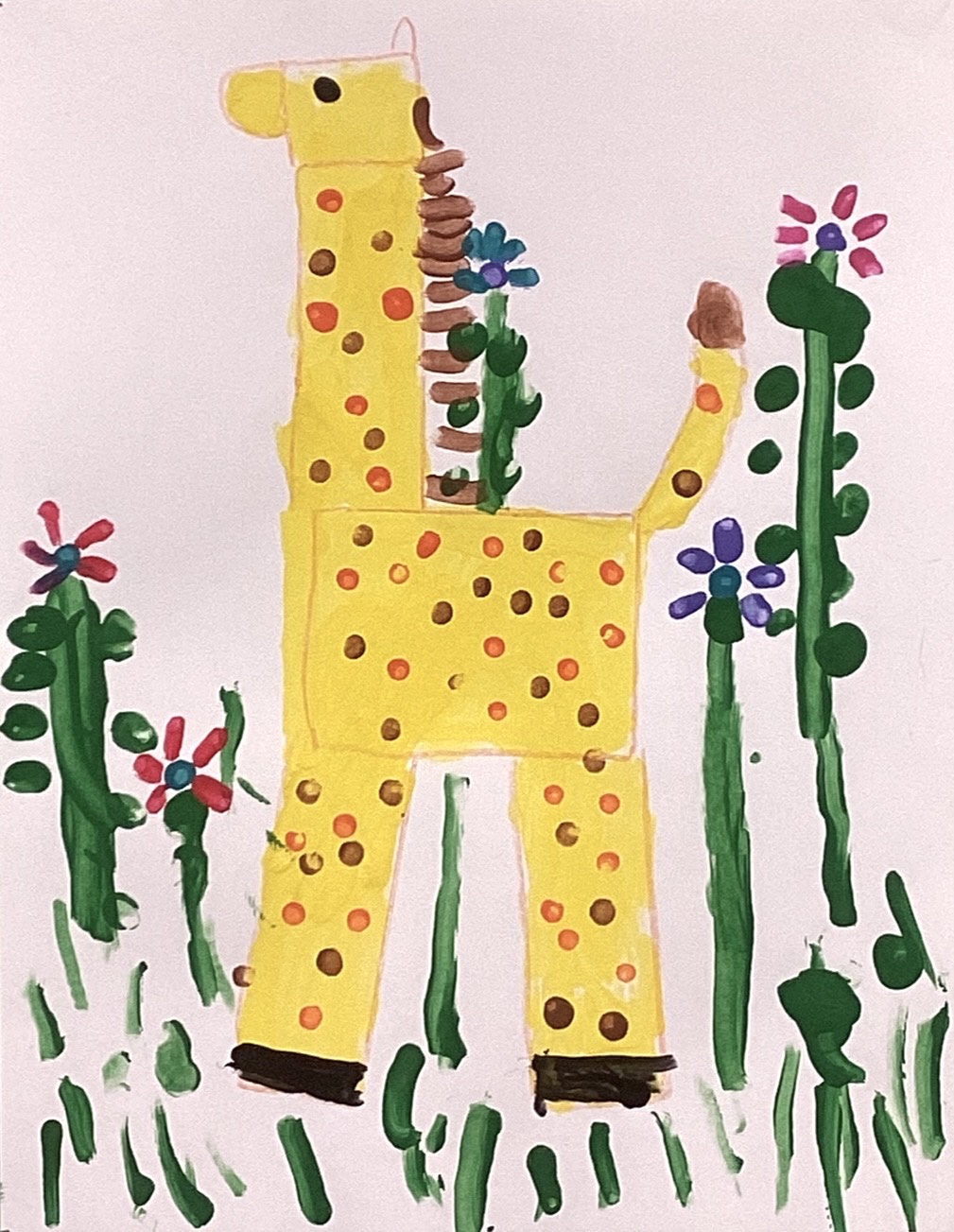
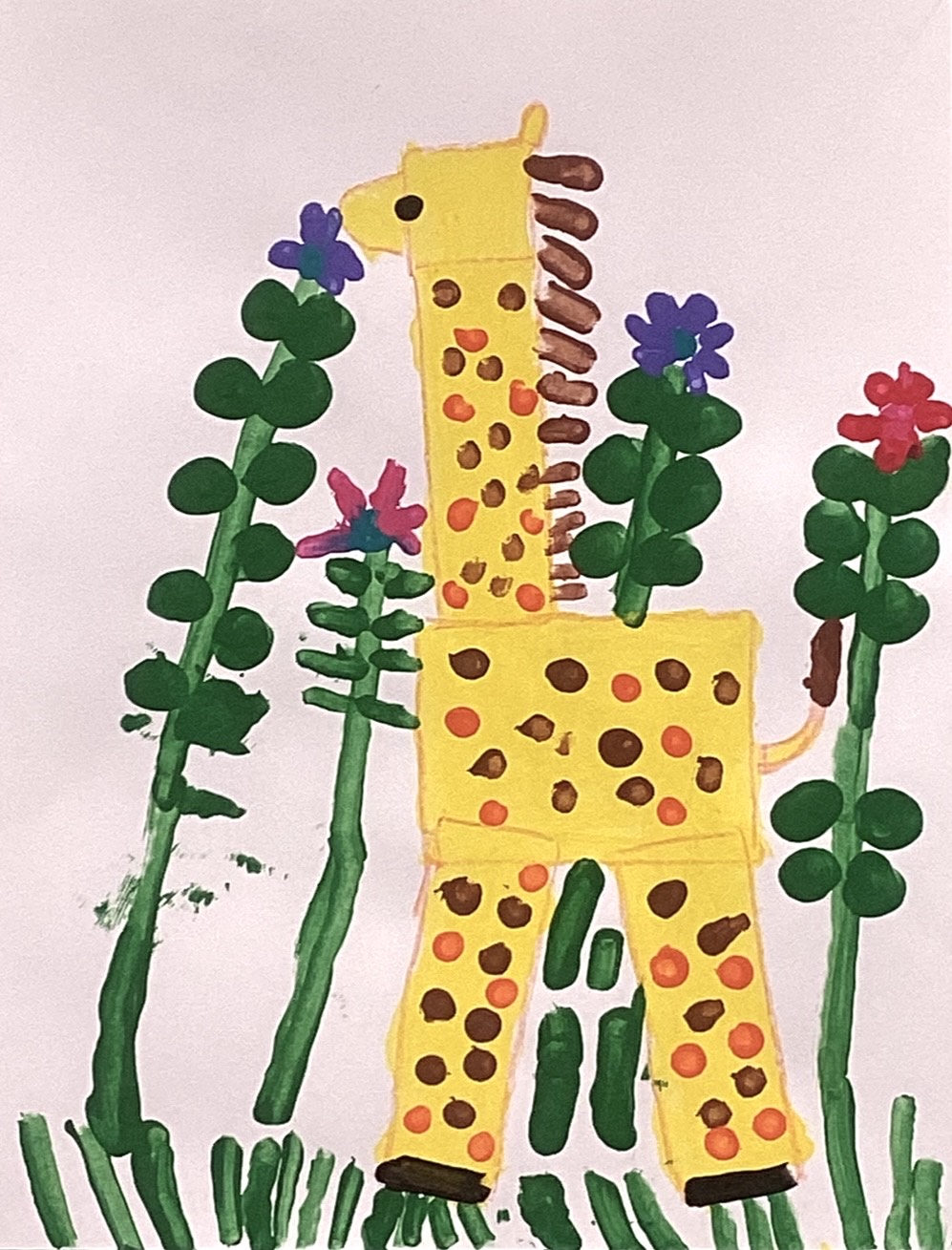
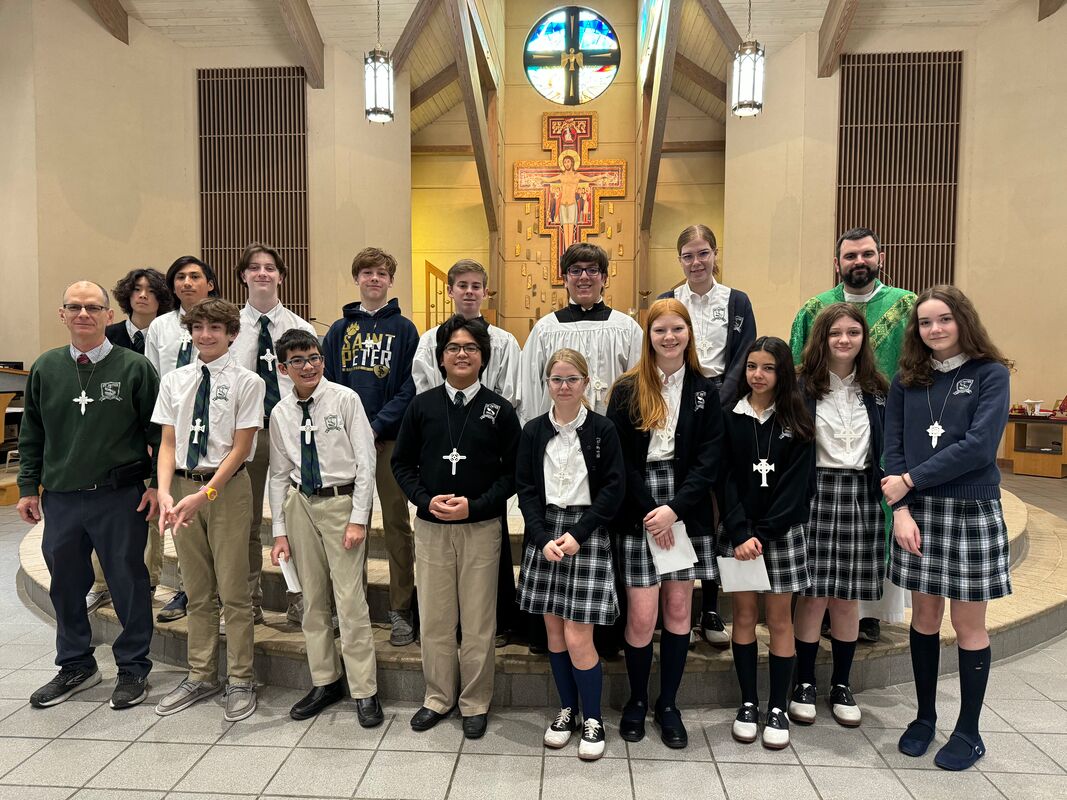
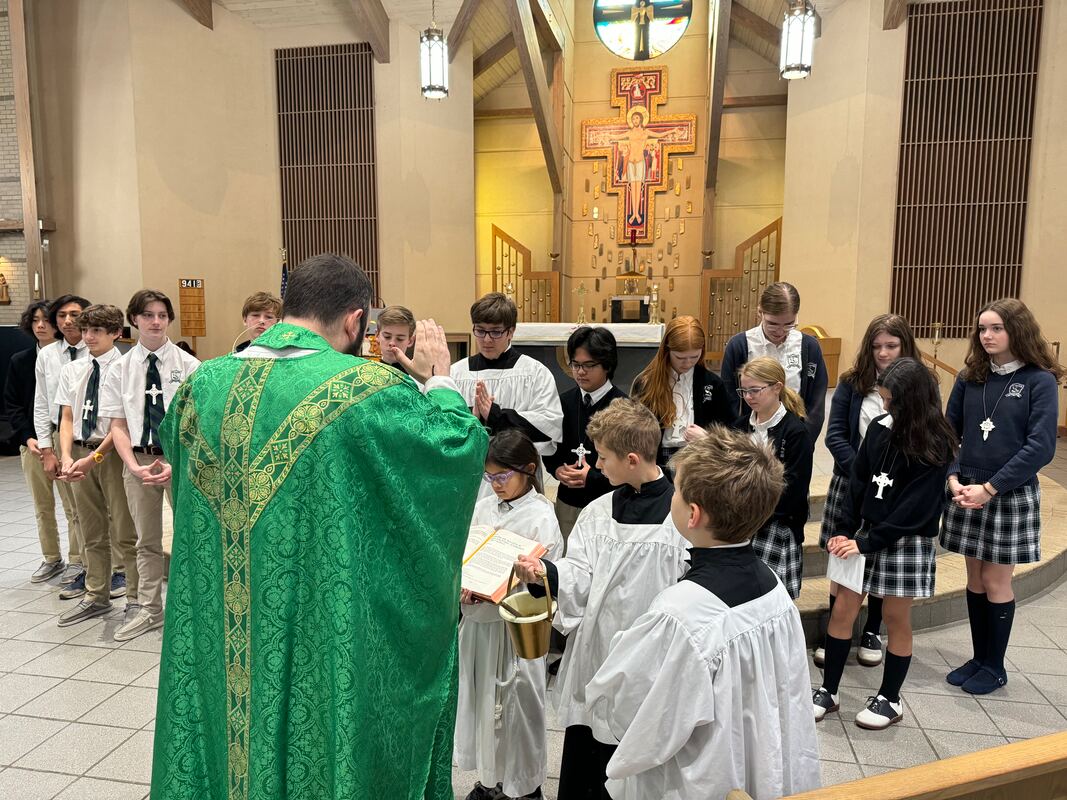
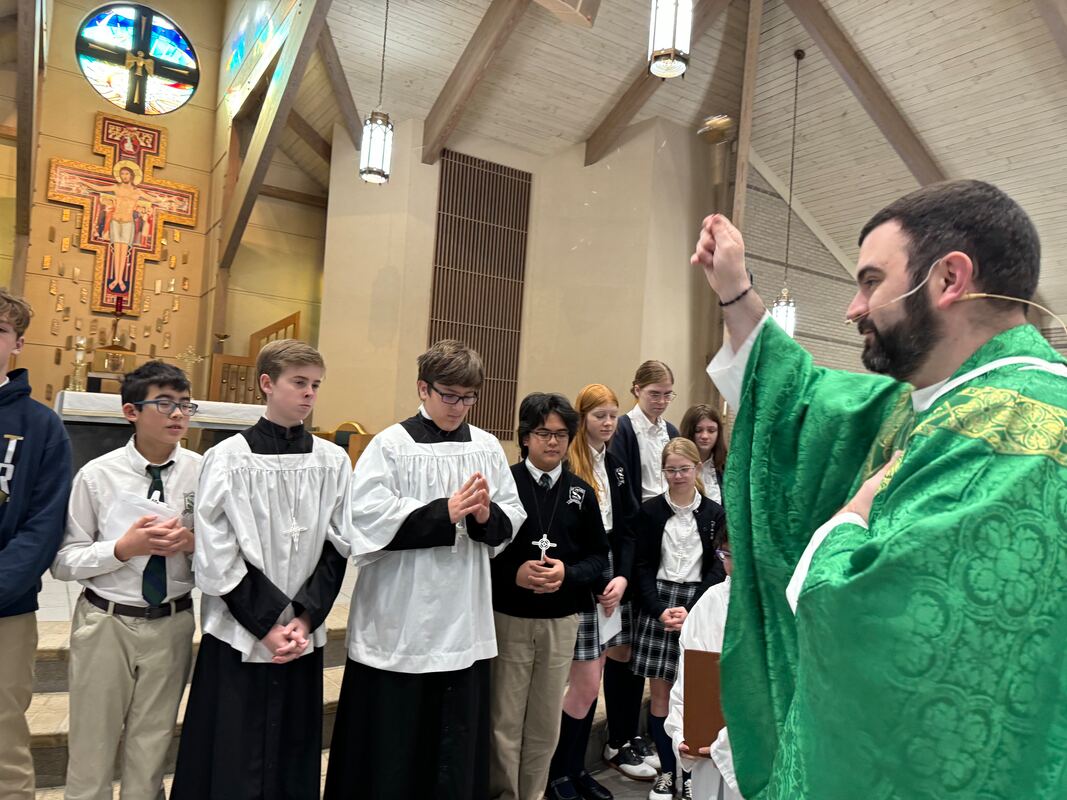
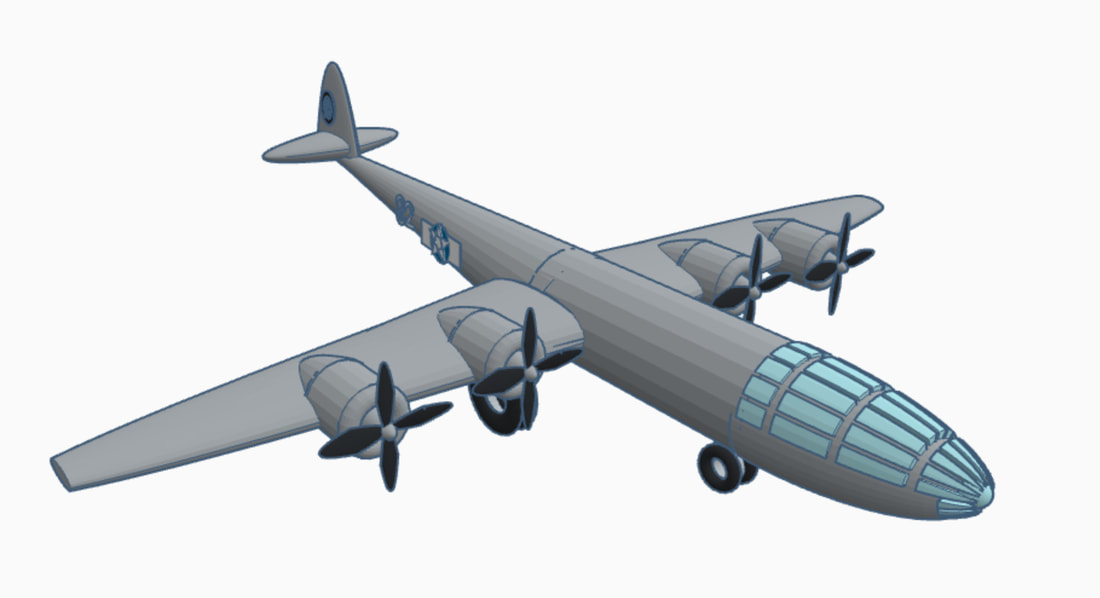
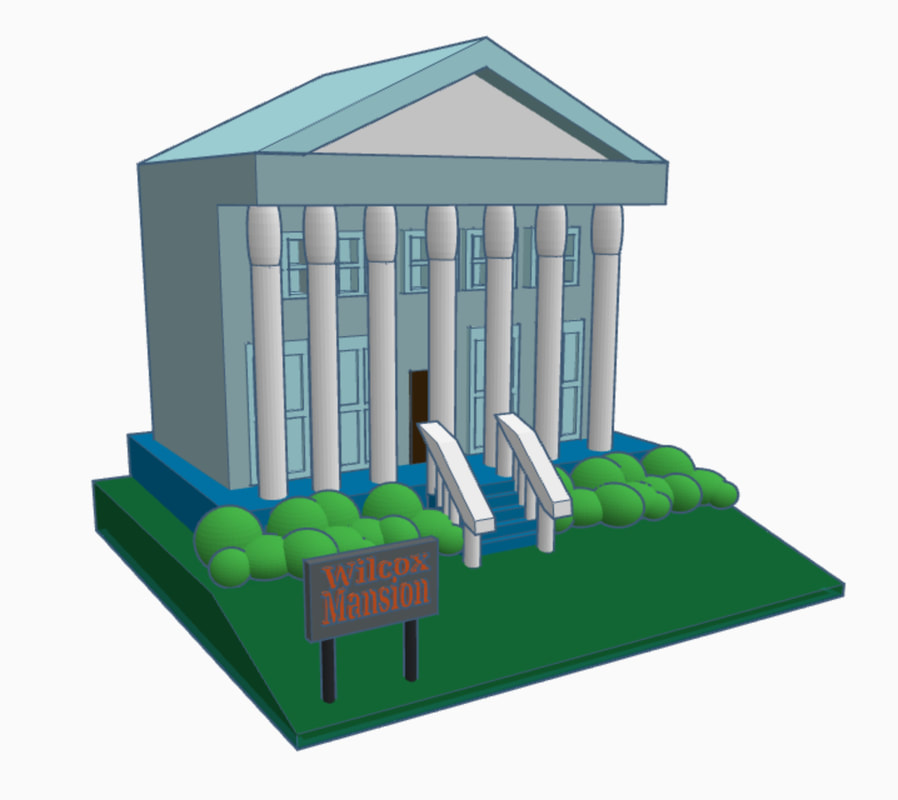
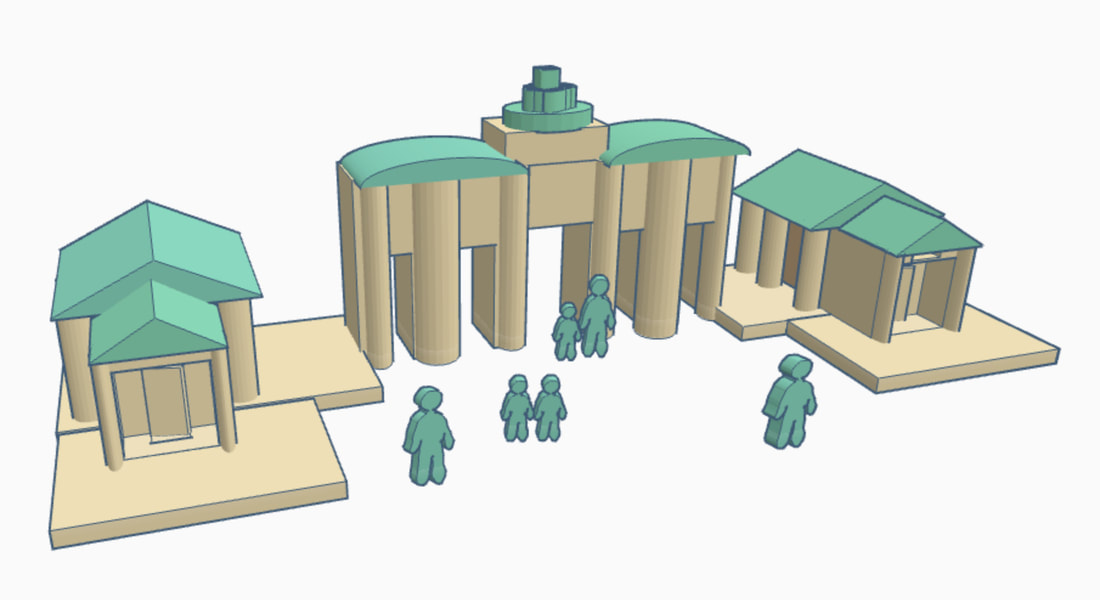
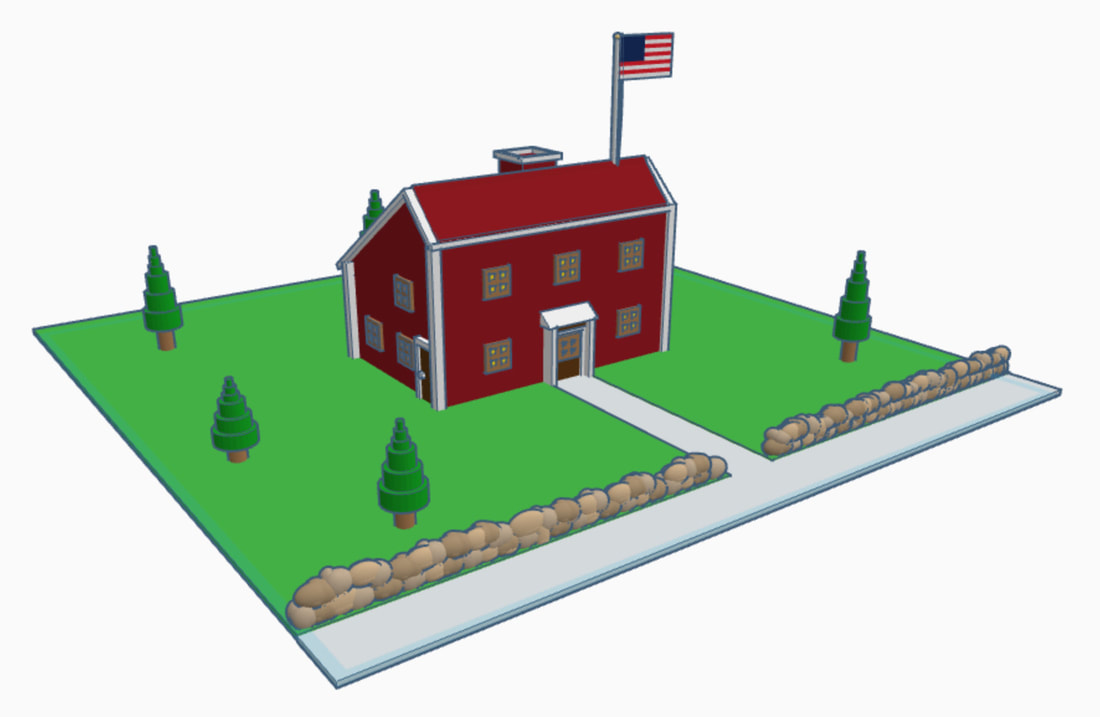
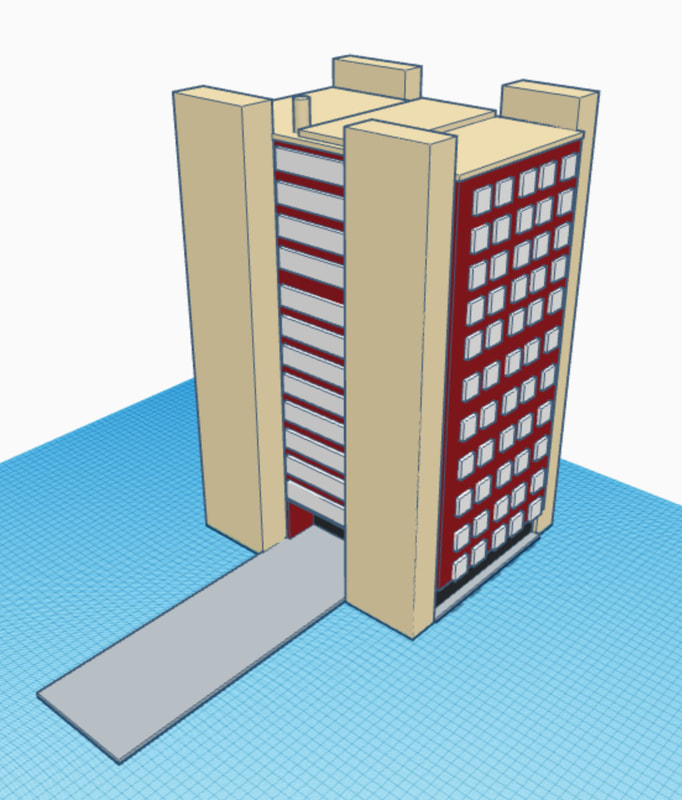
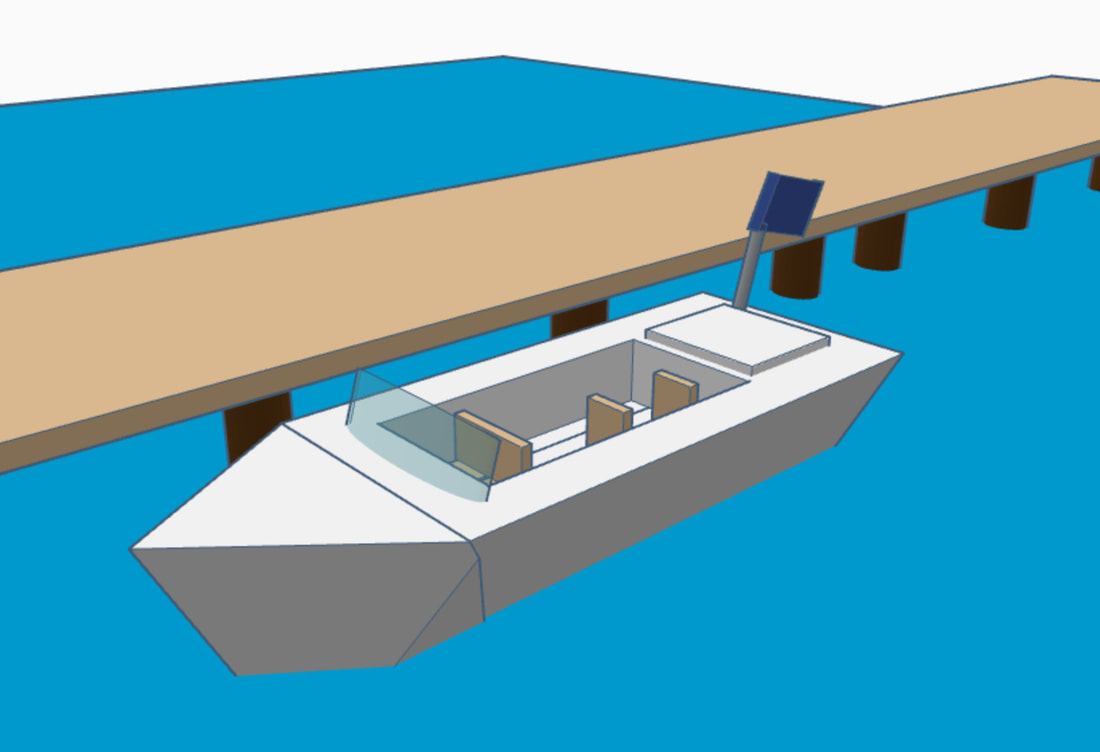
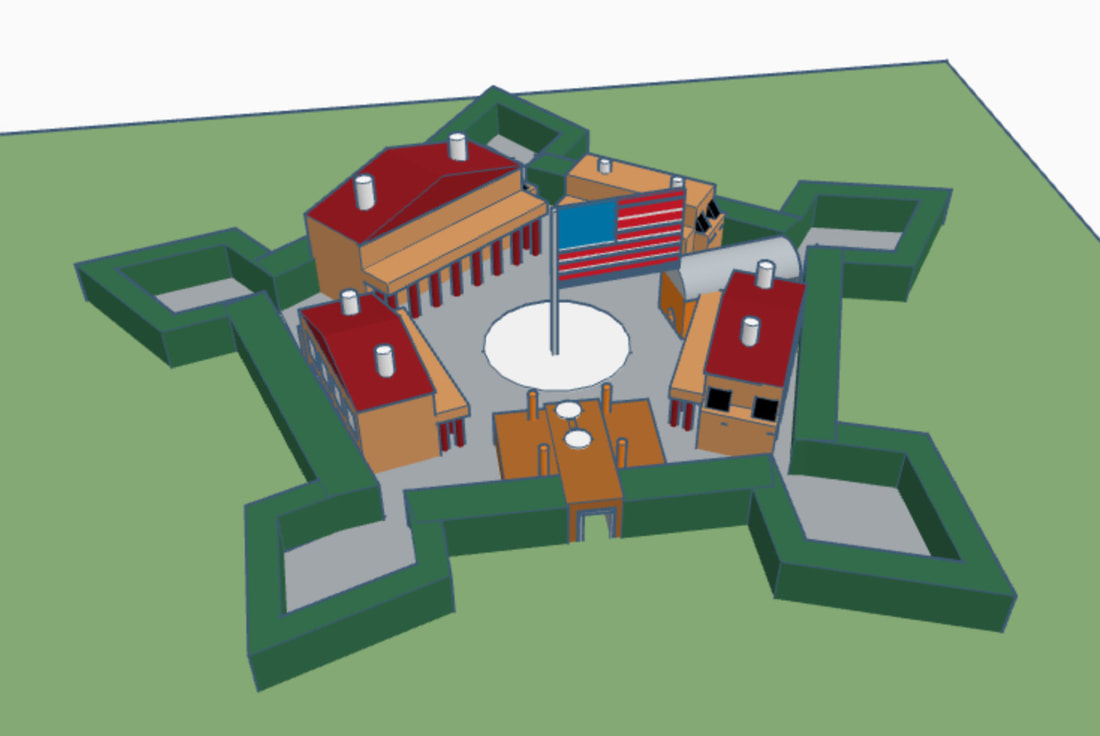
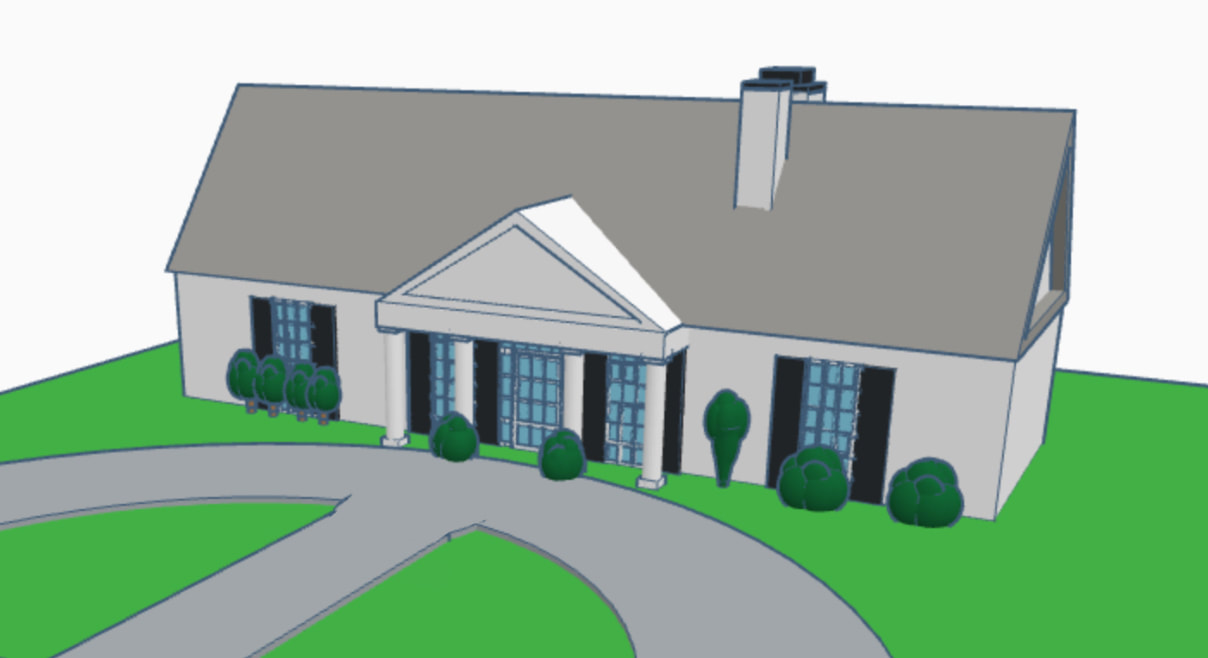
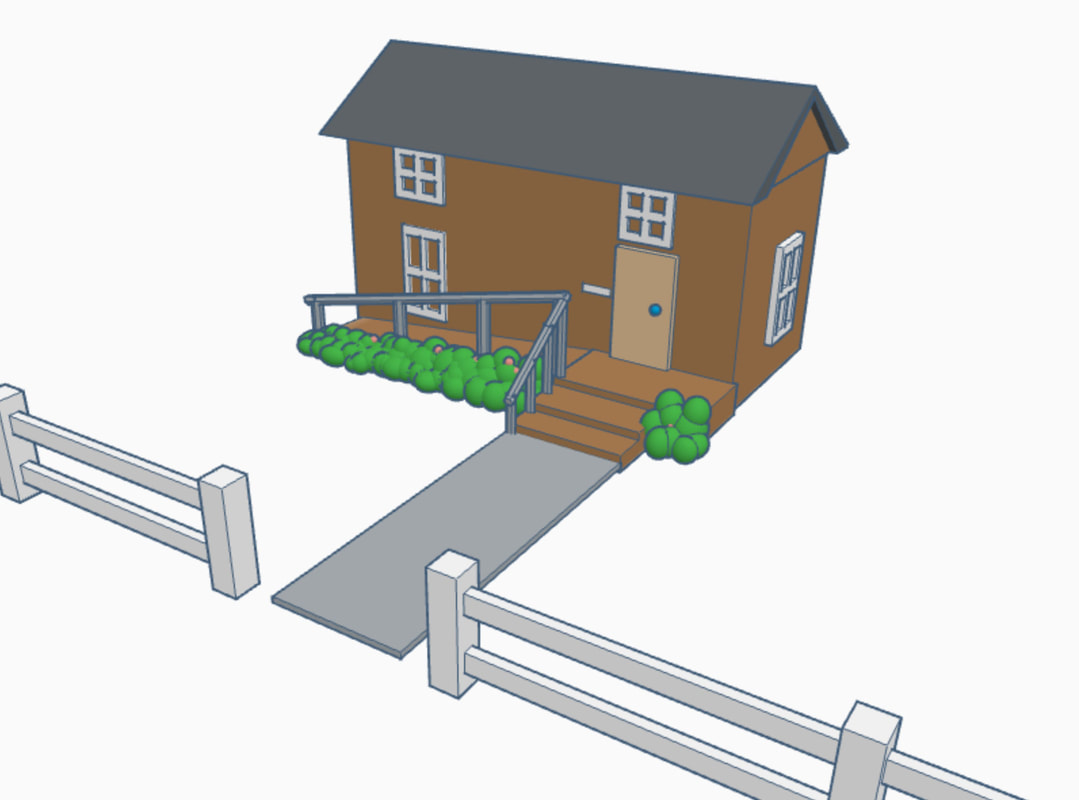
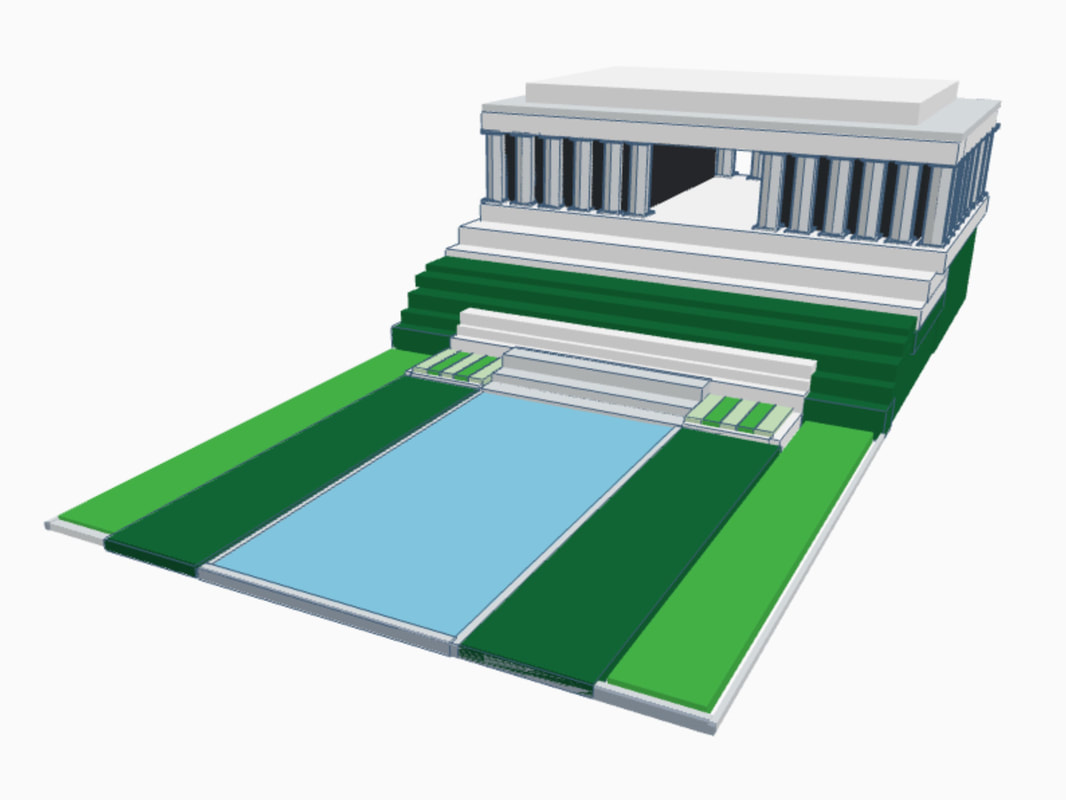
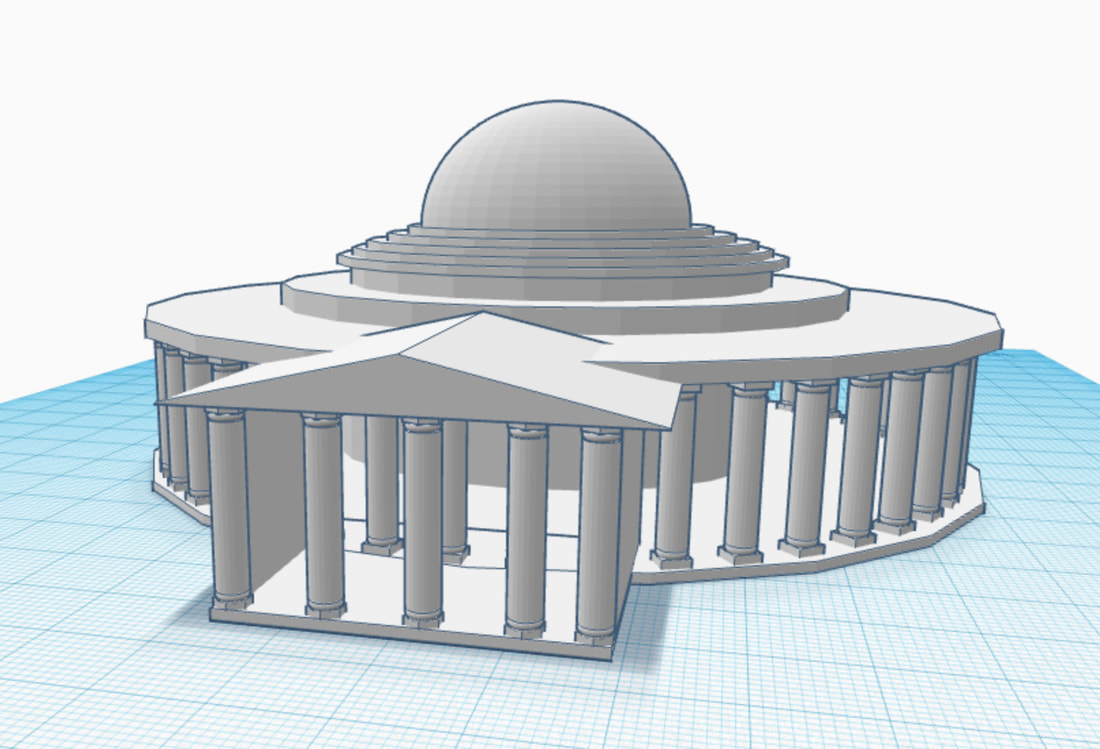
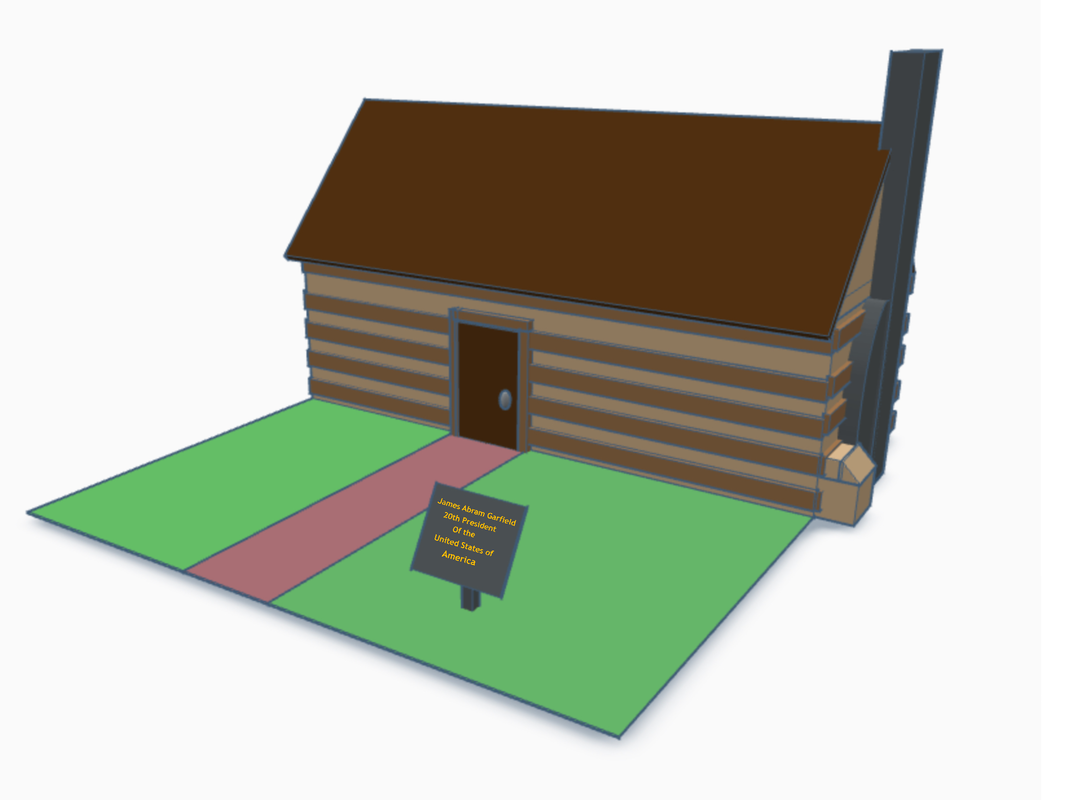
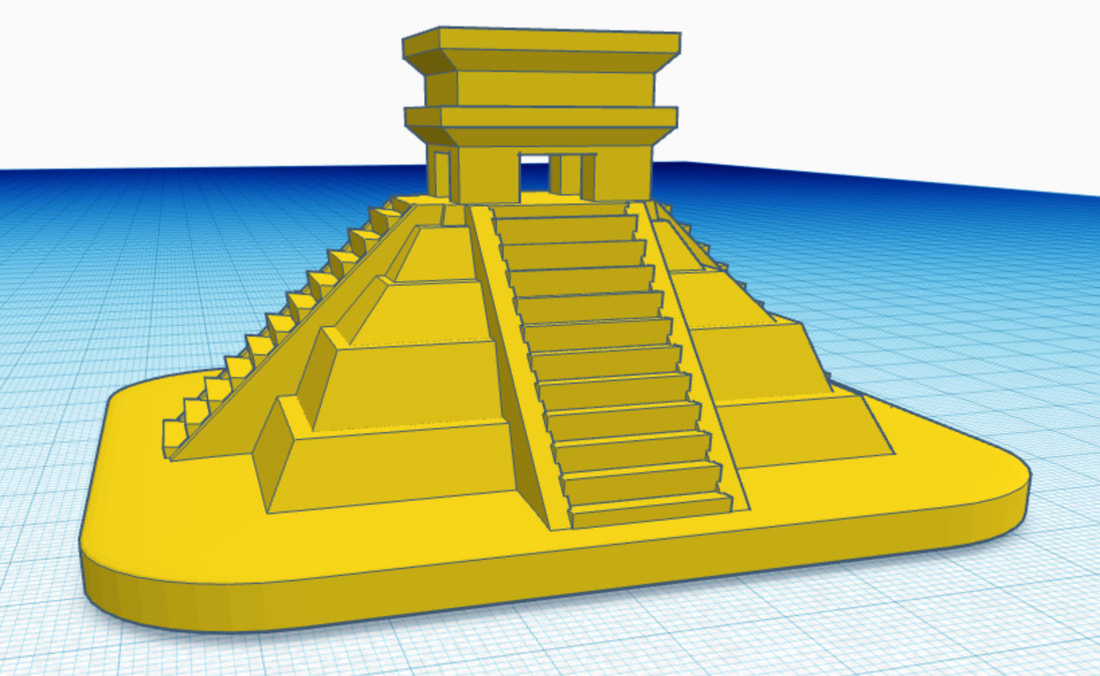
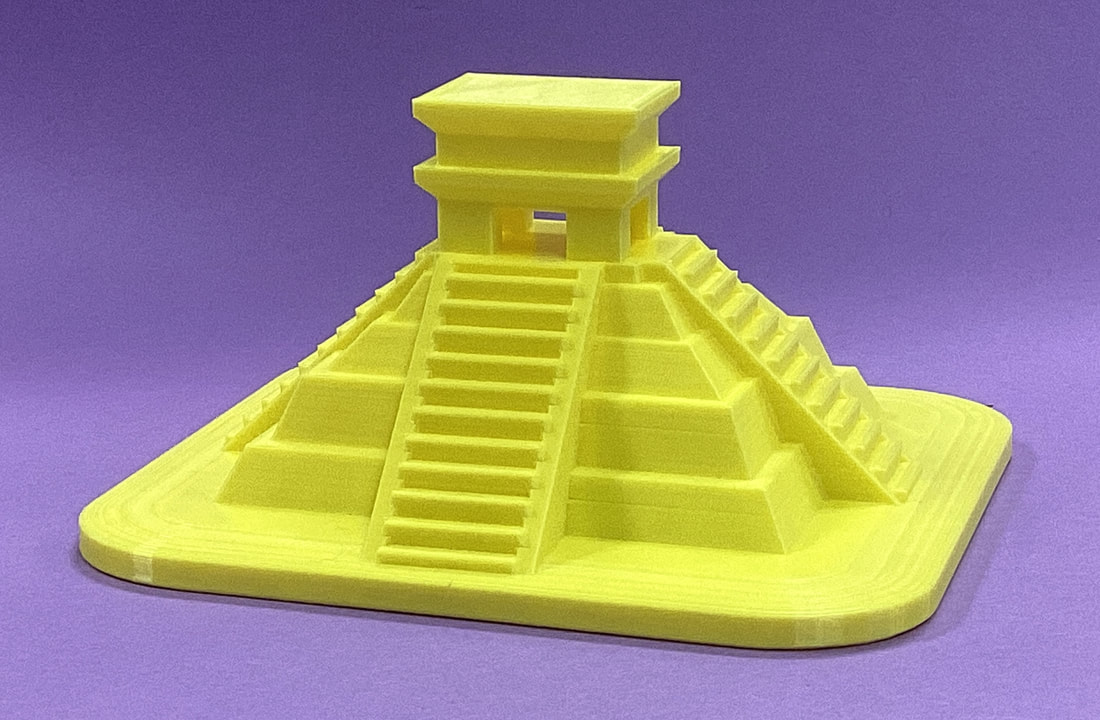
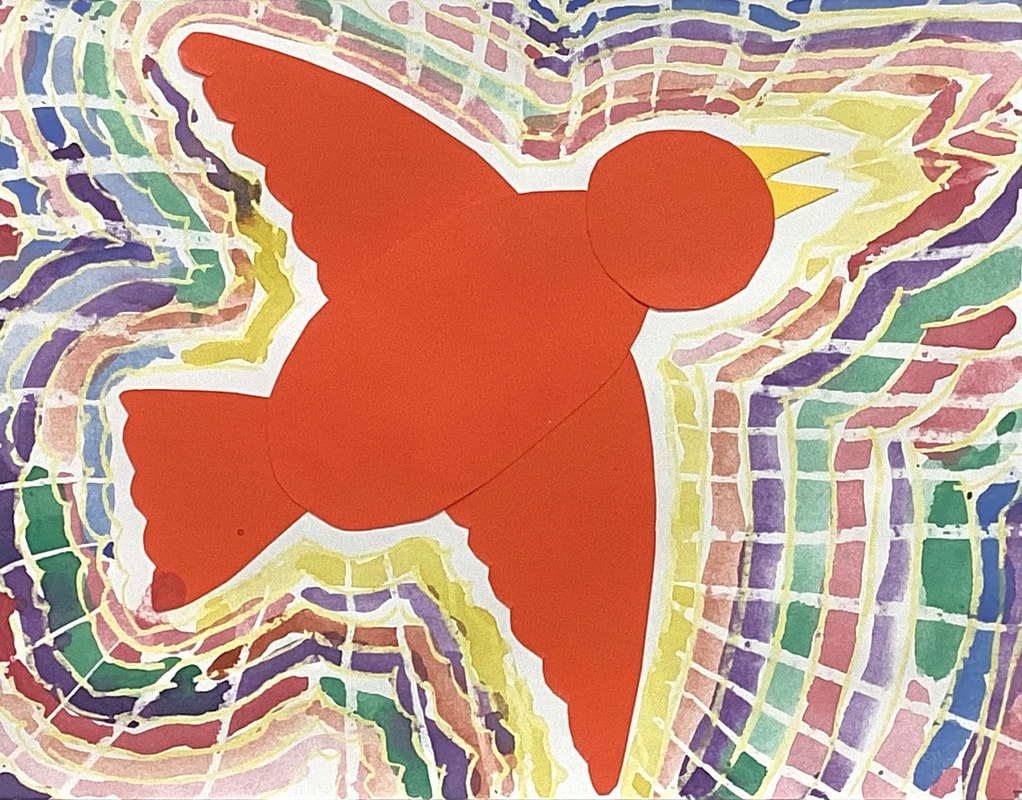
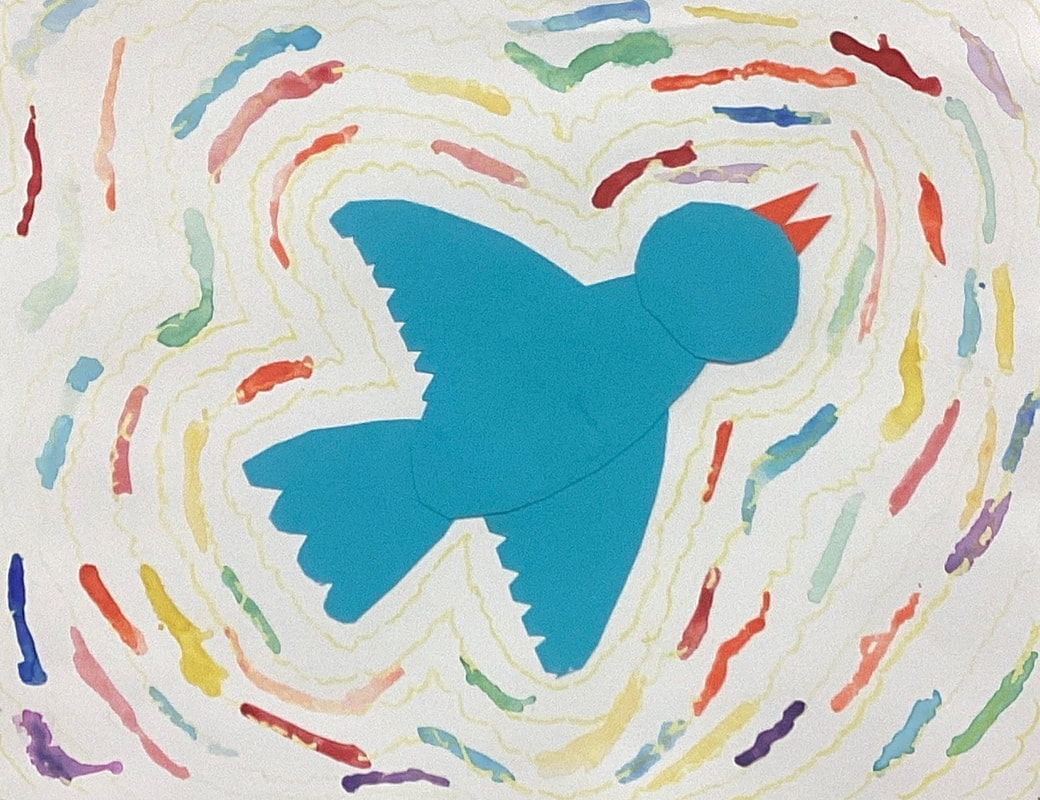
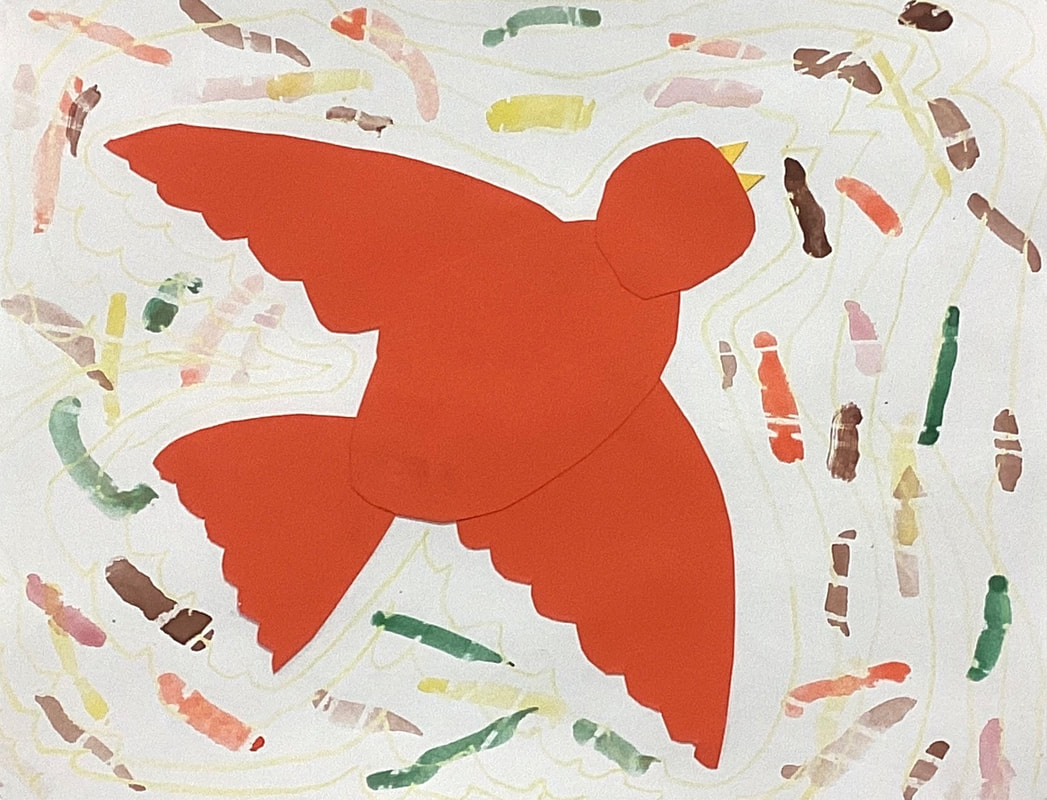
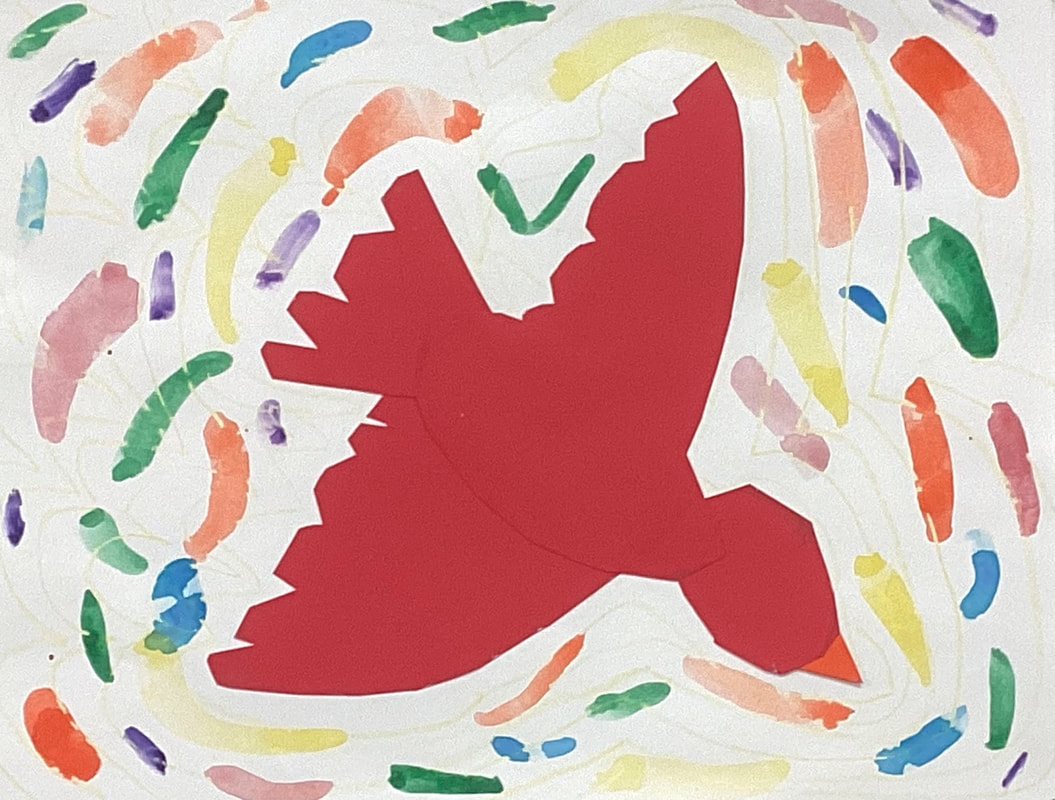
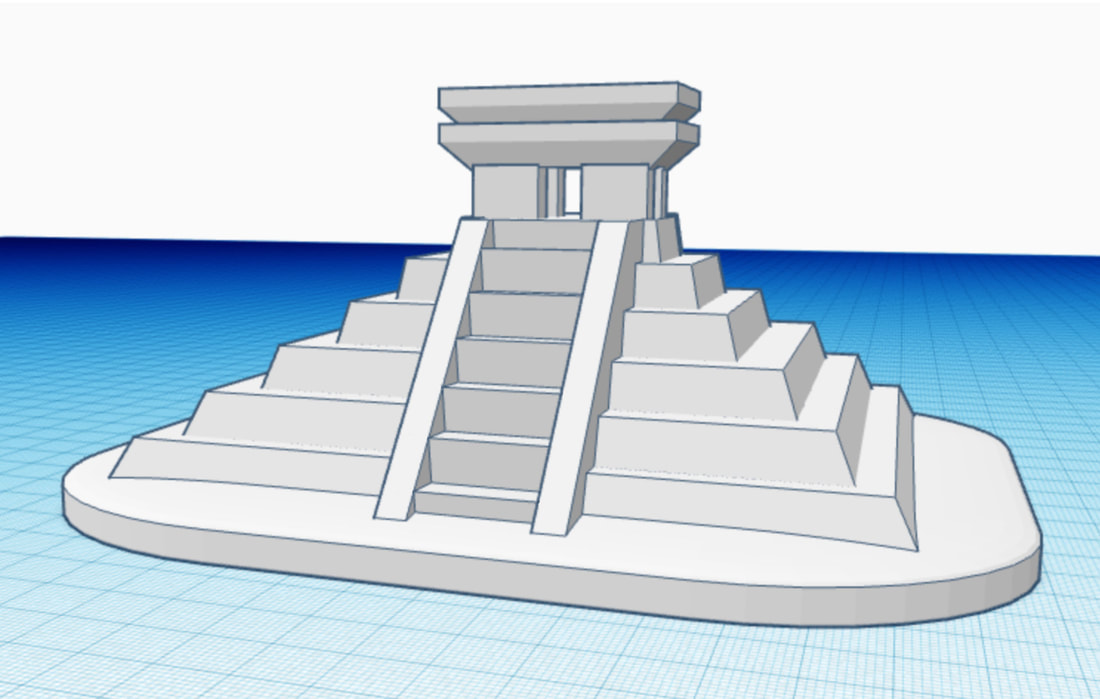
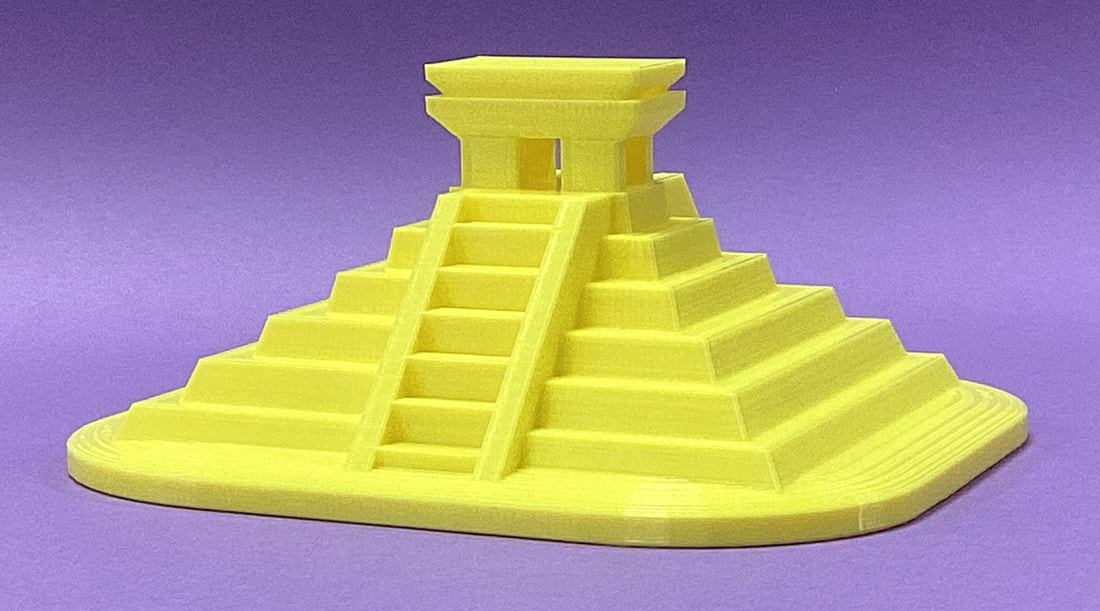
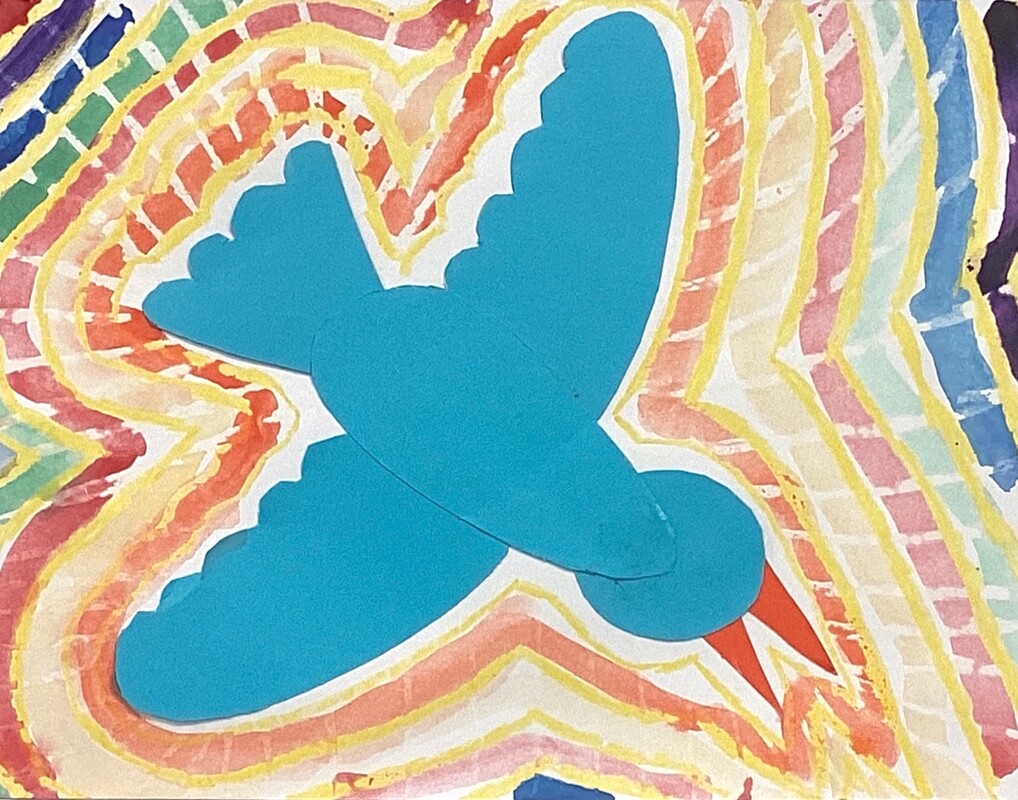
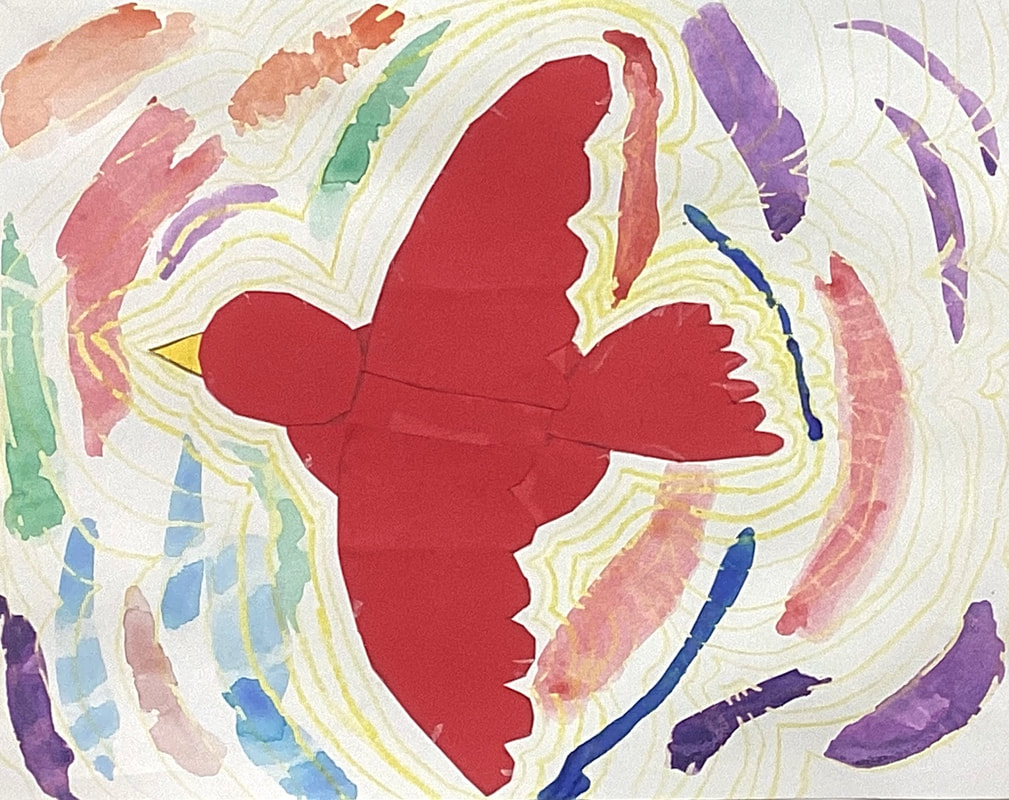
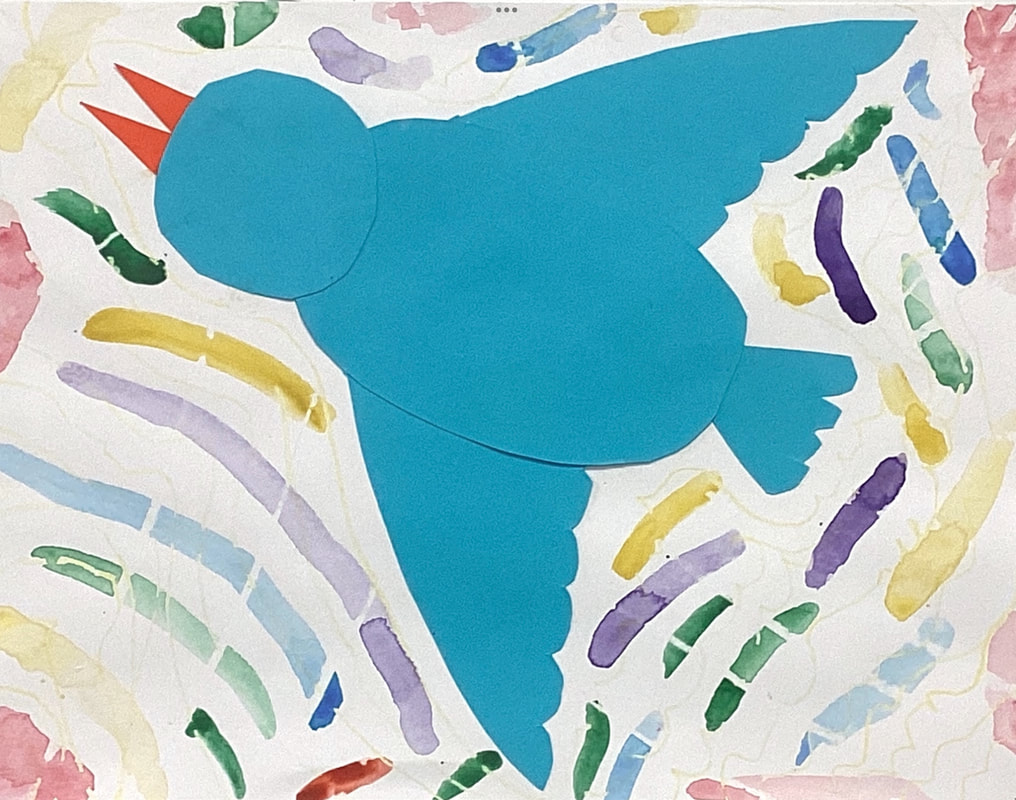
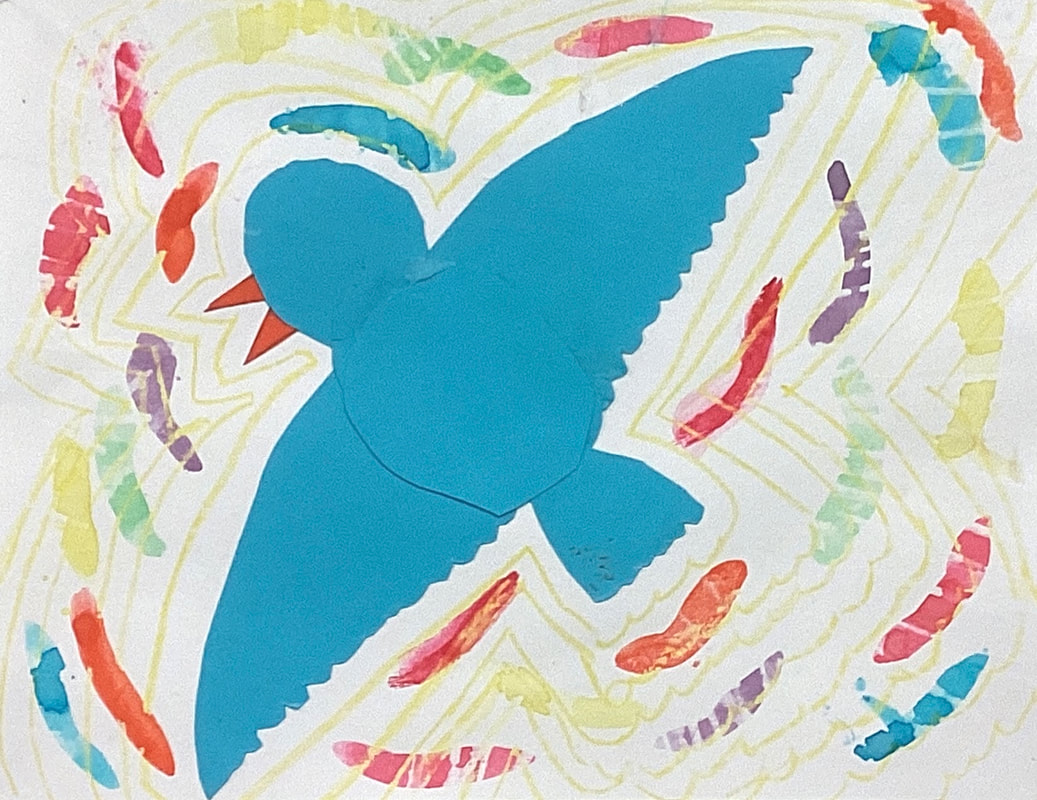
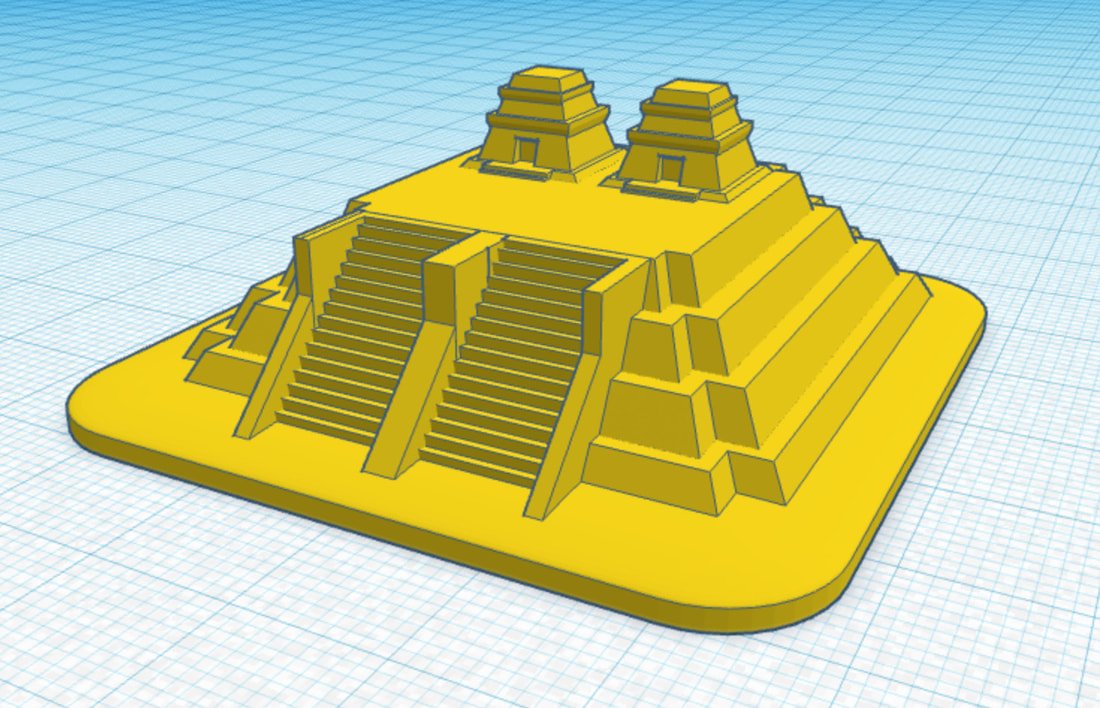
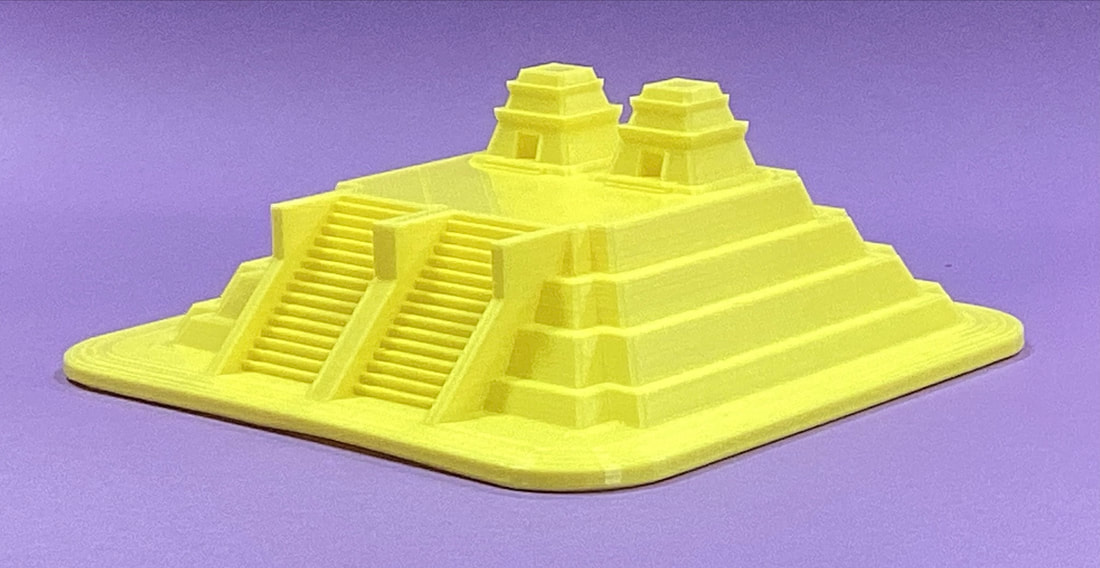
 RSS Feed
RSS Feed
